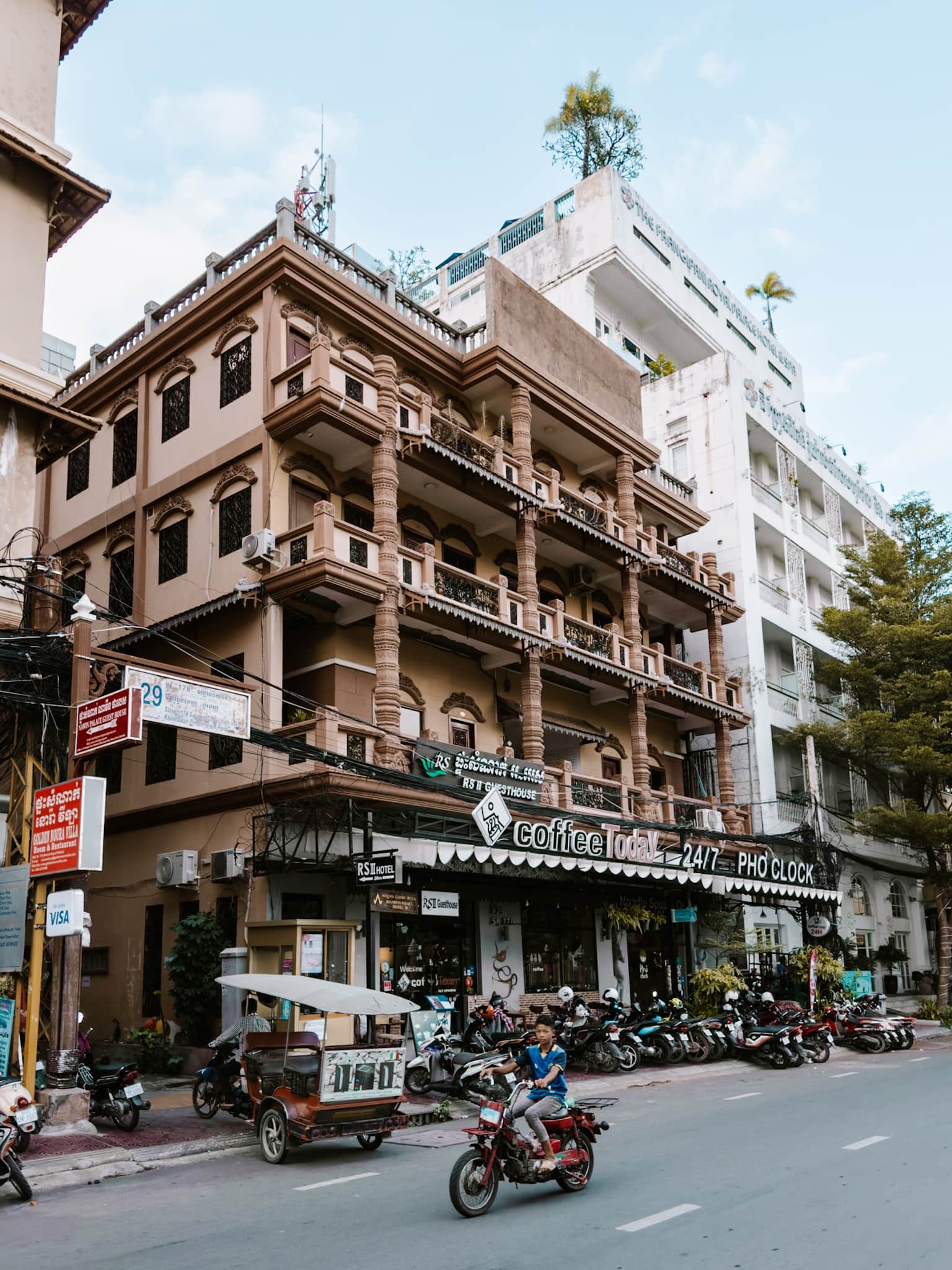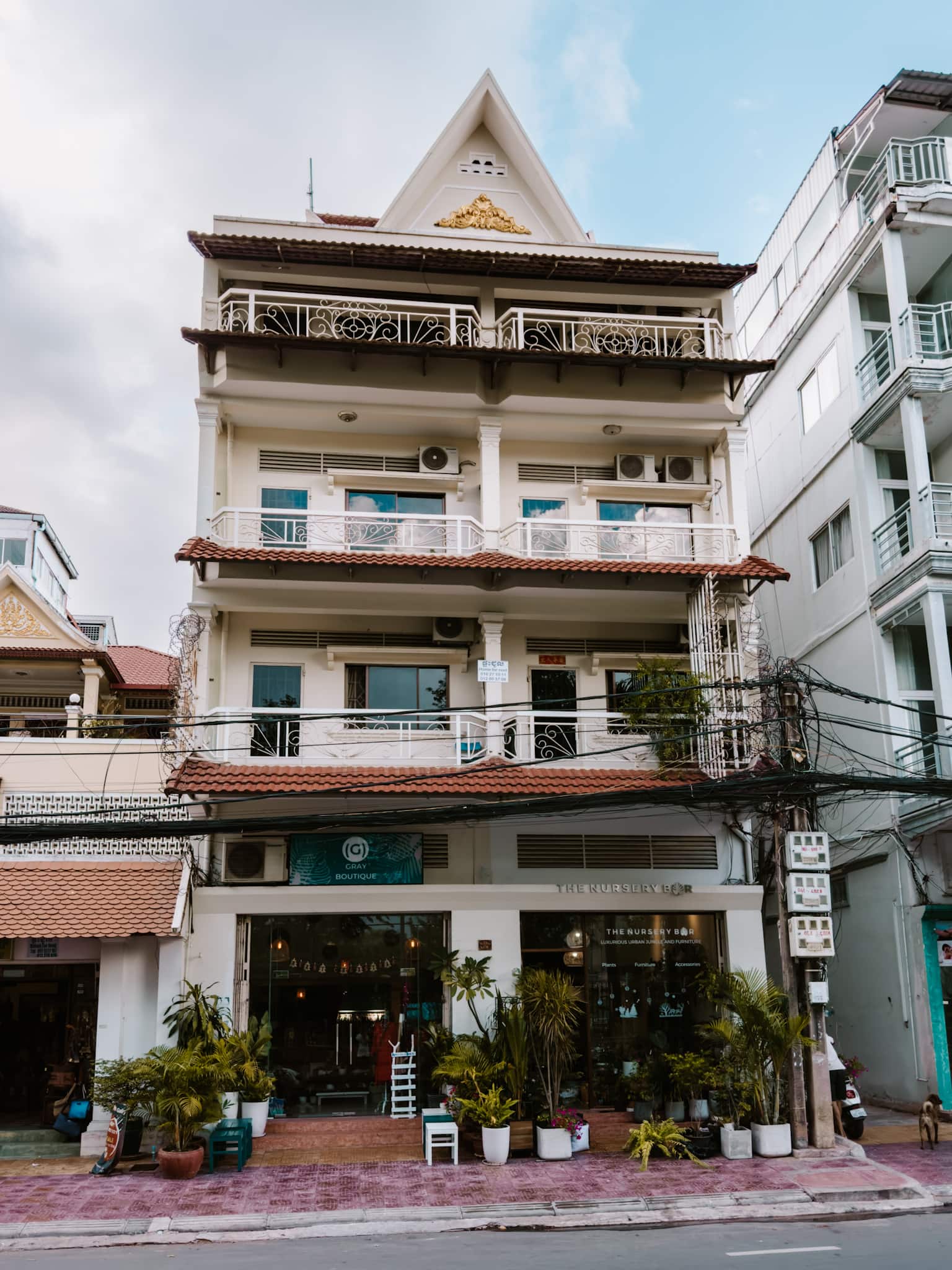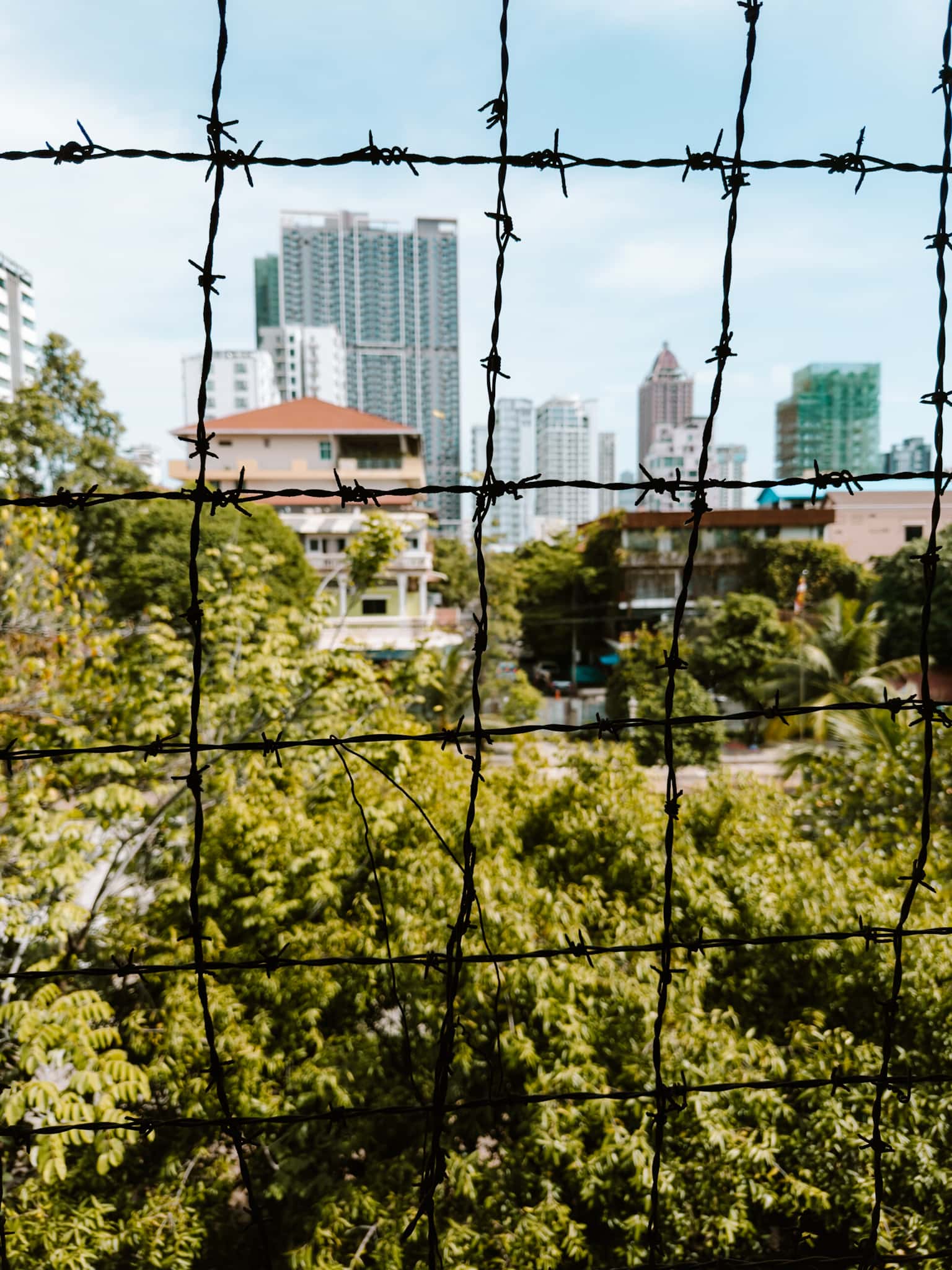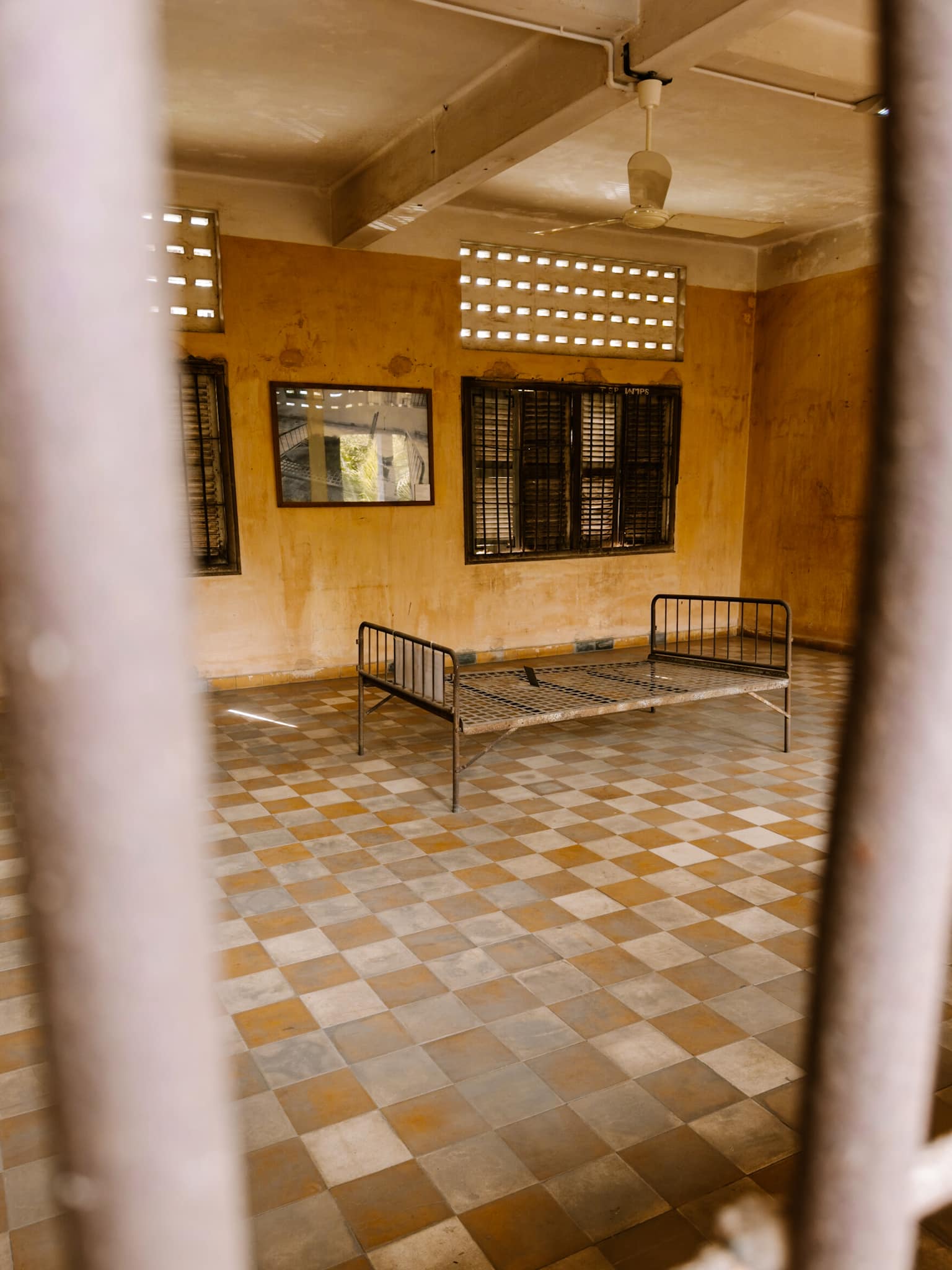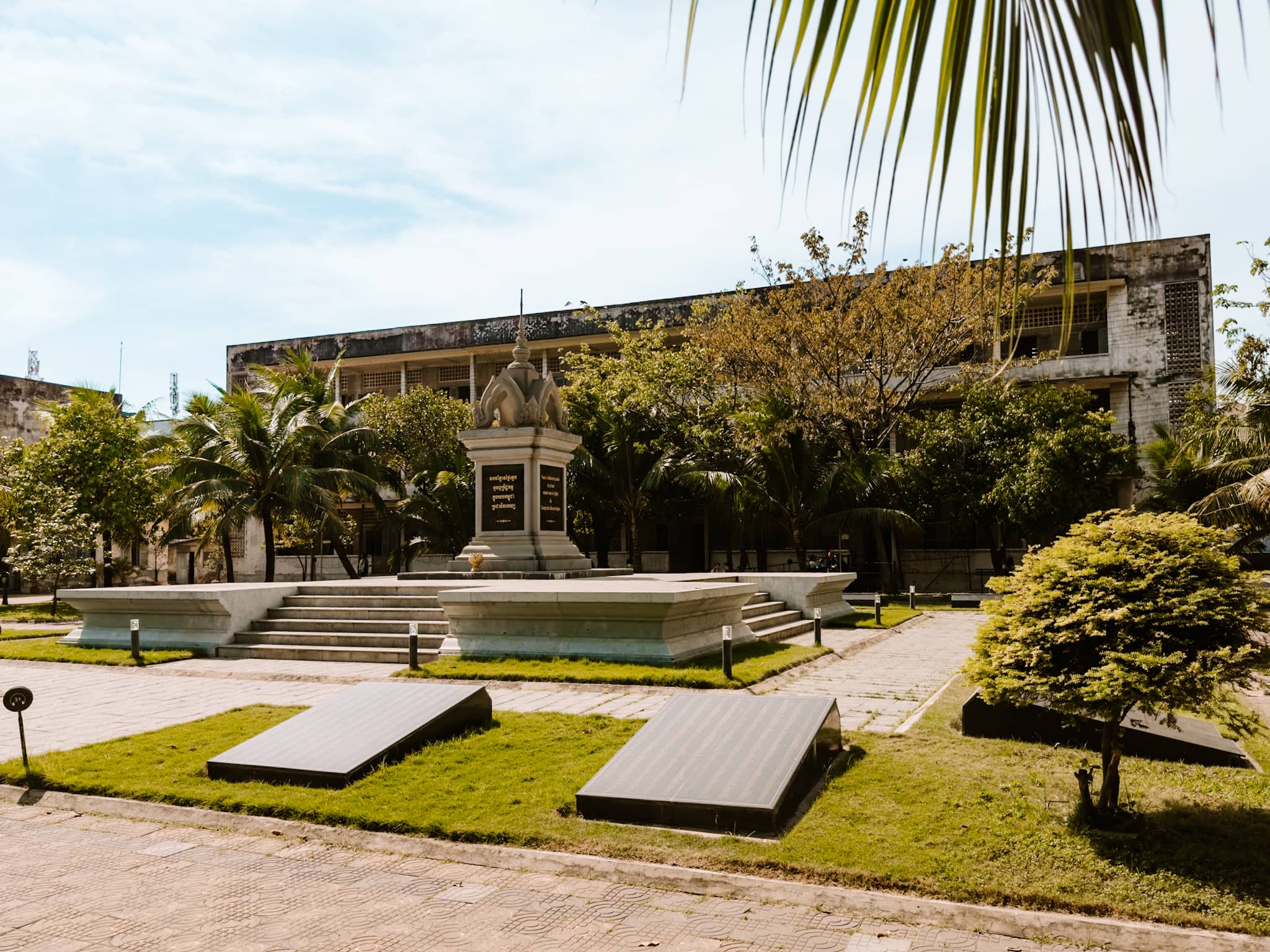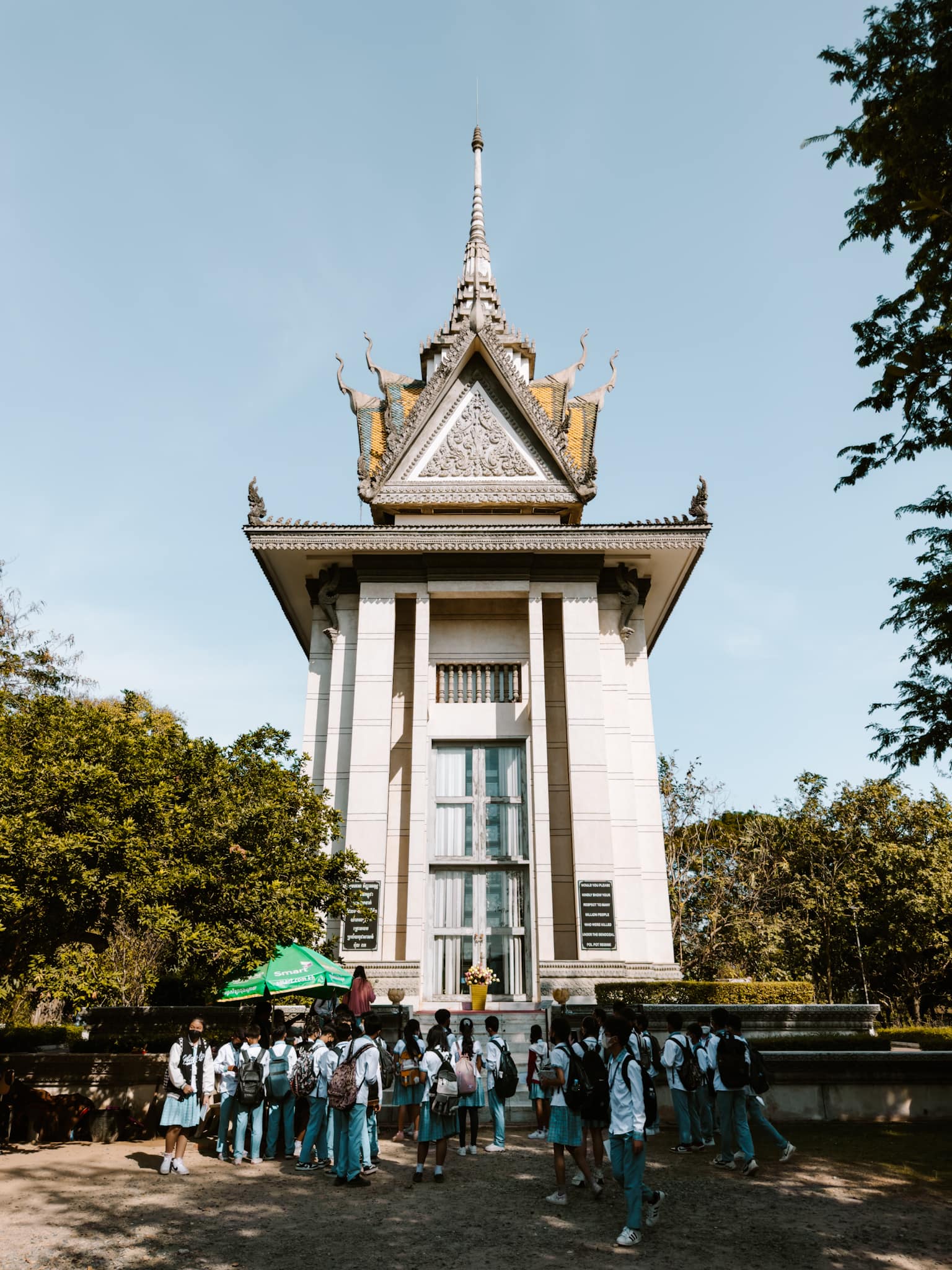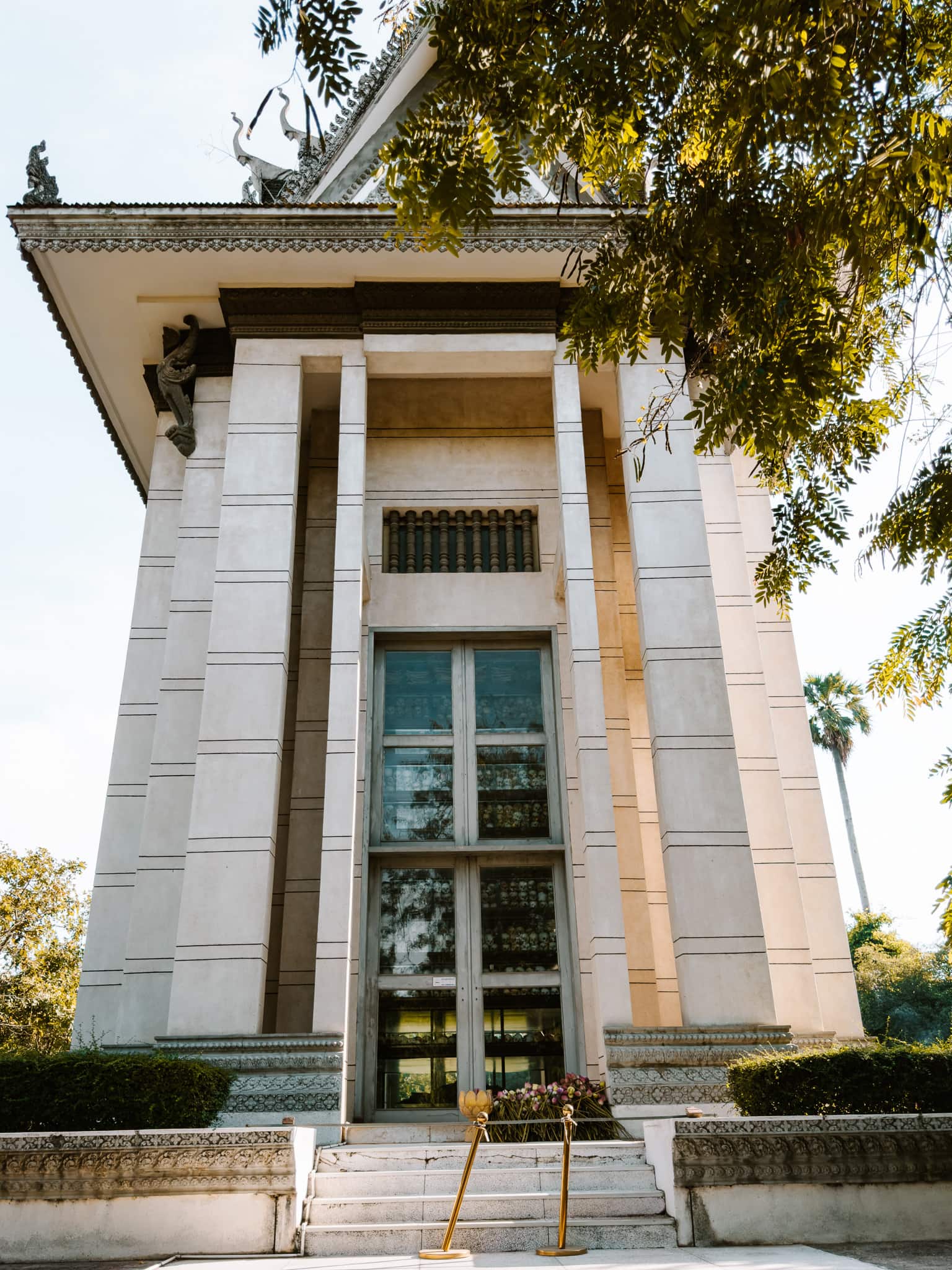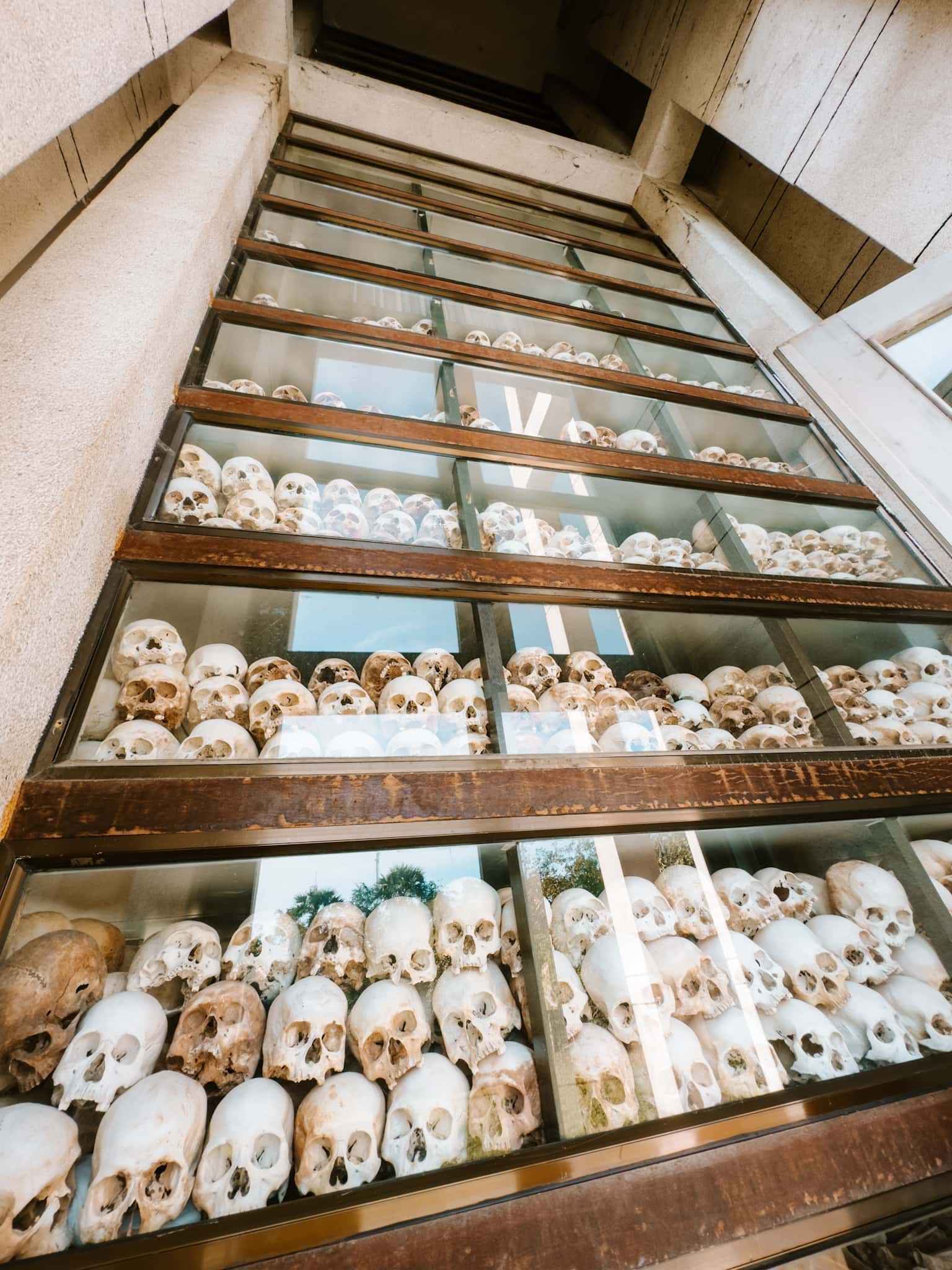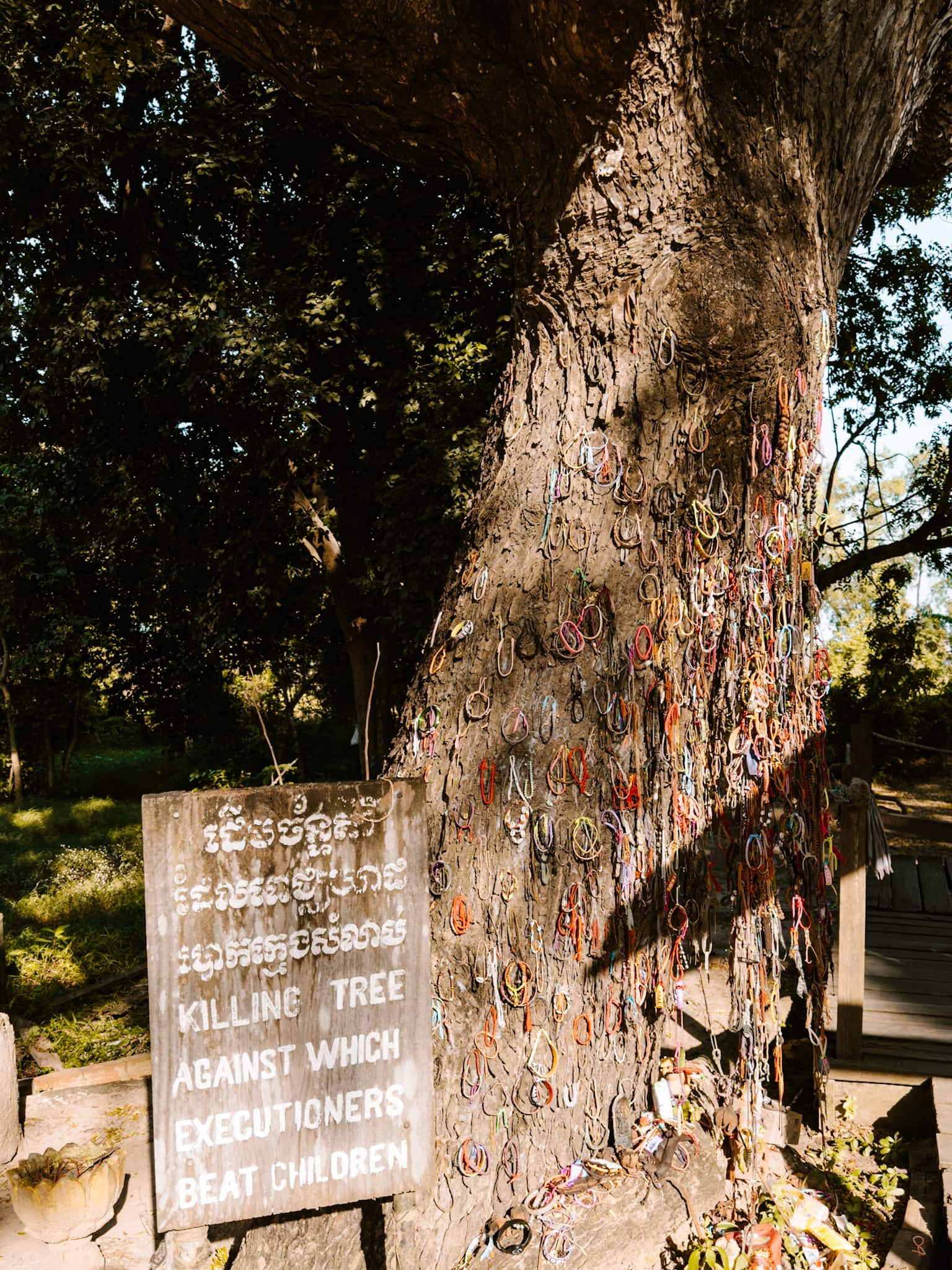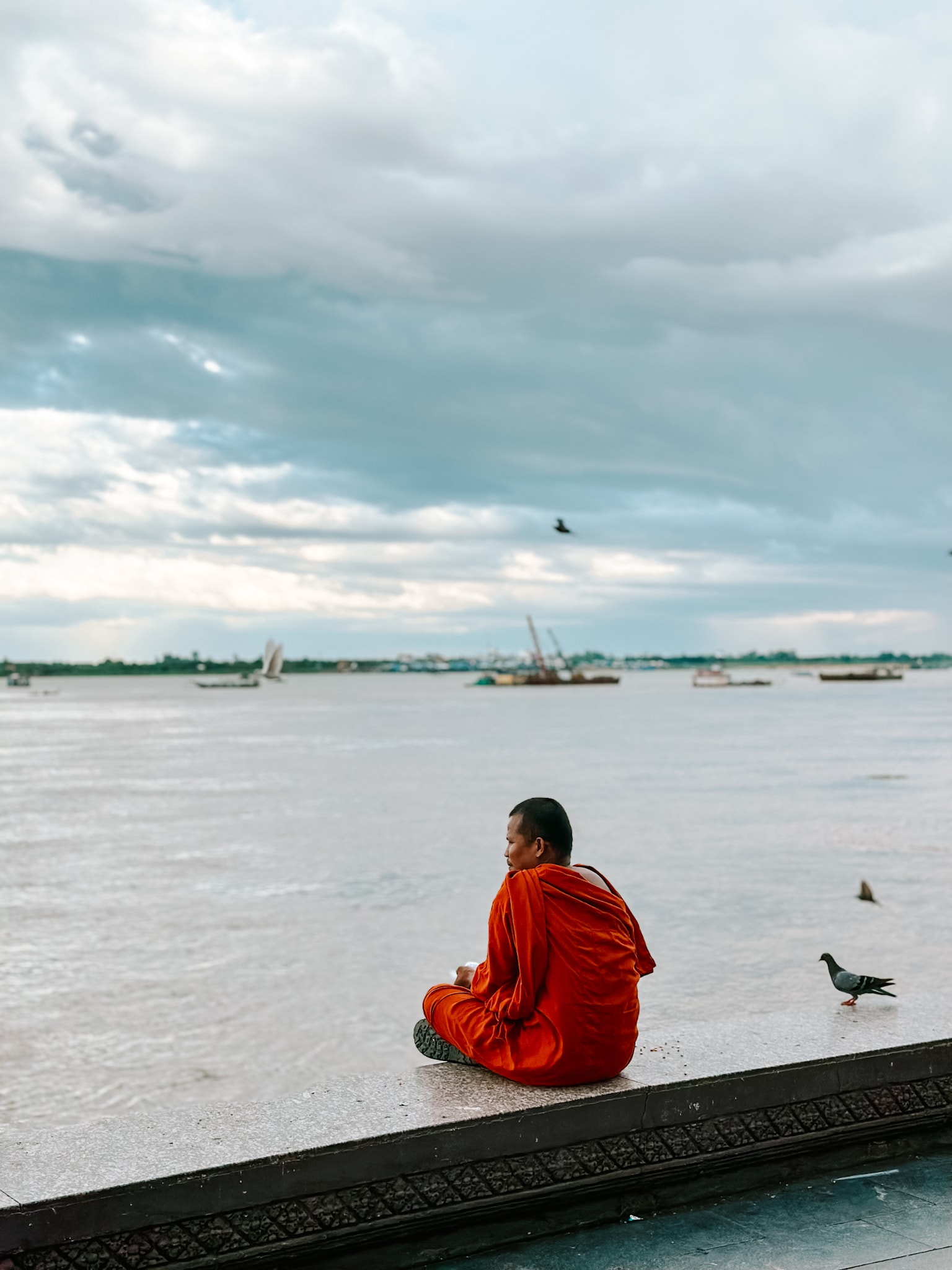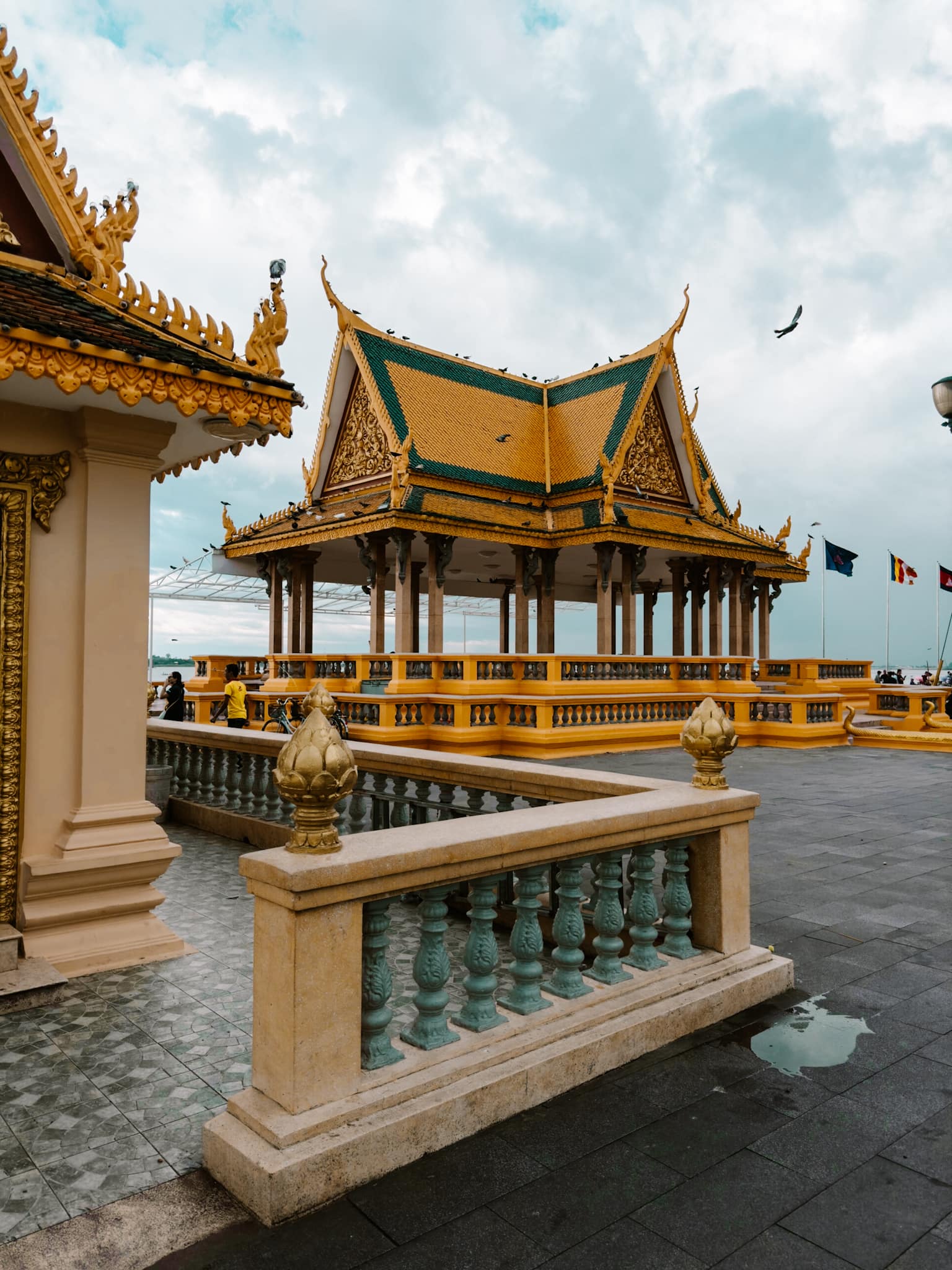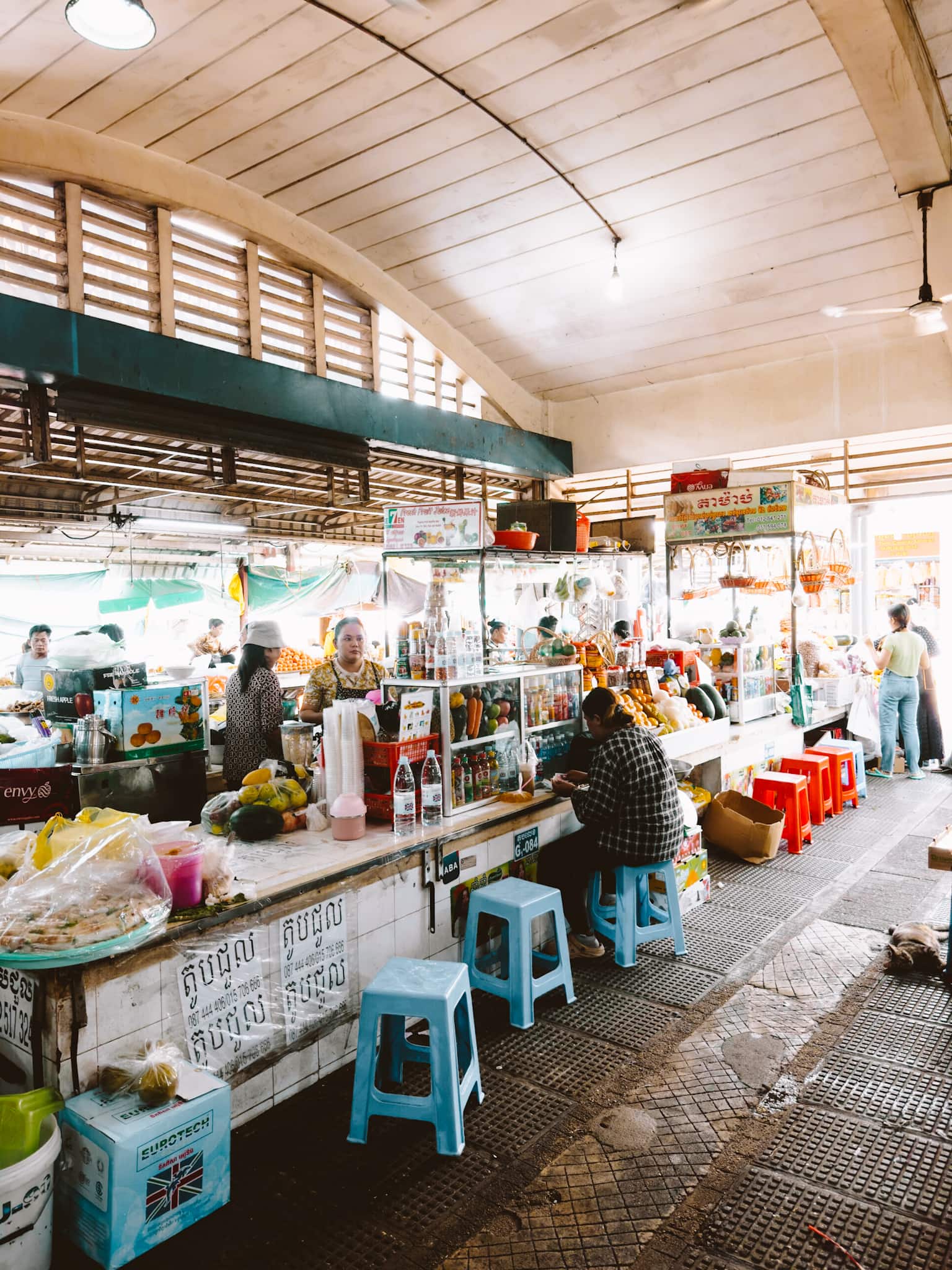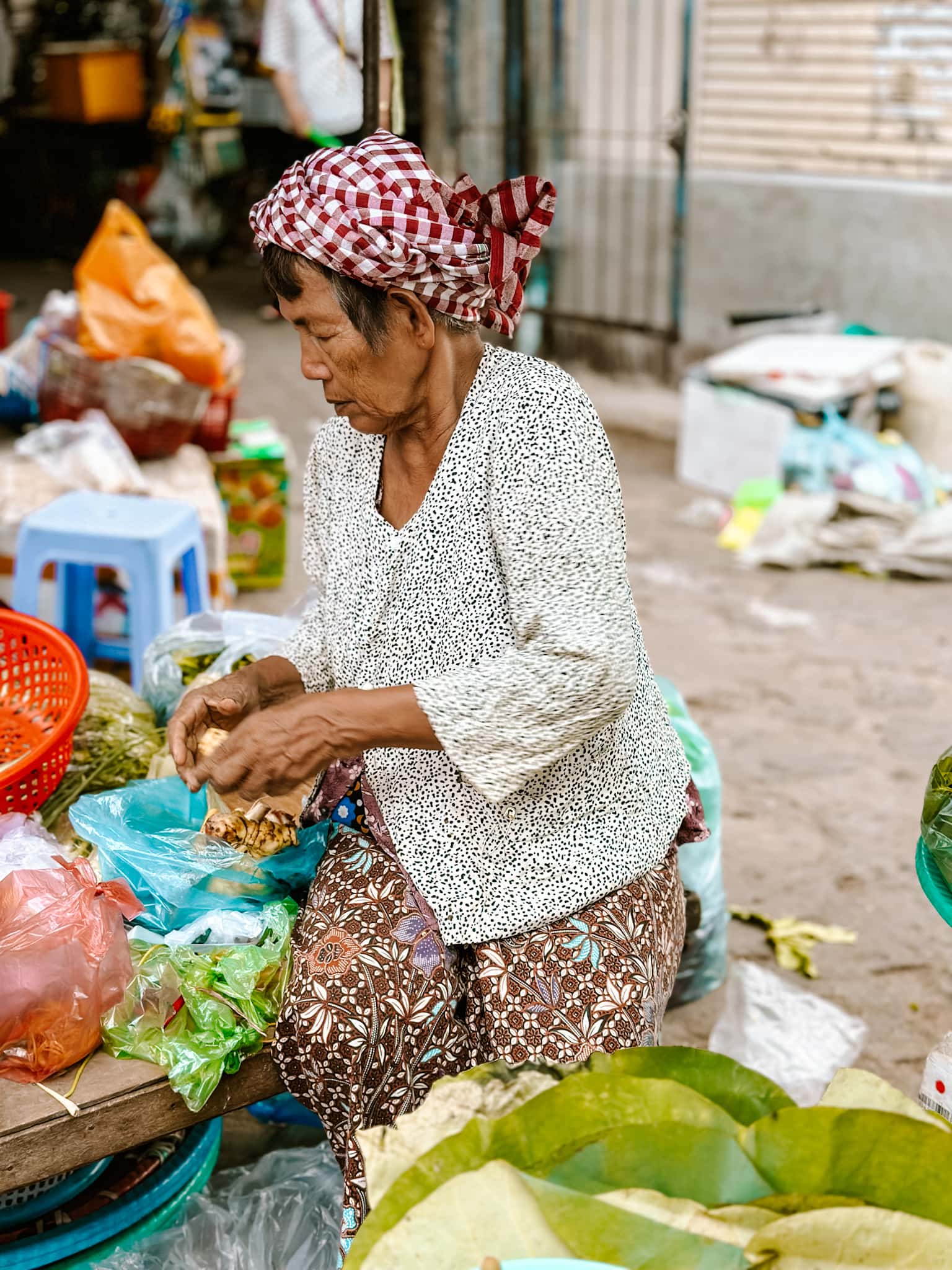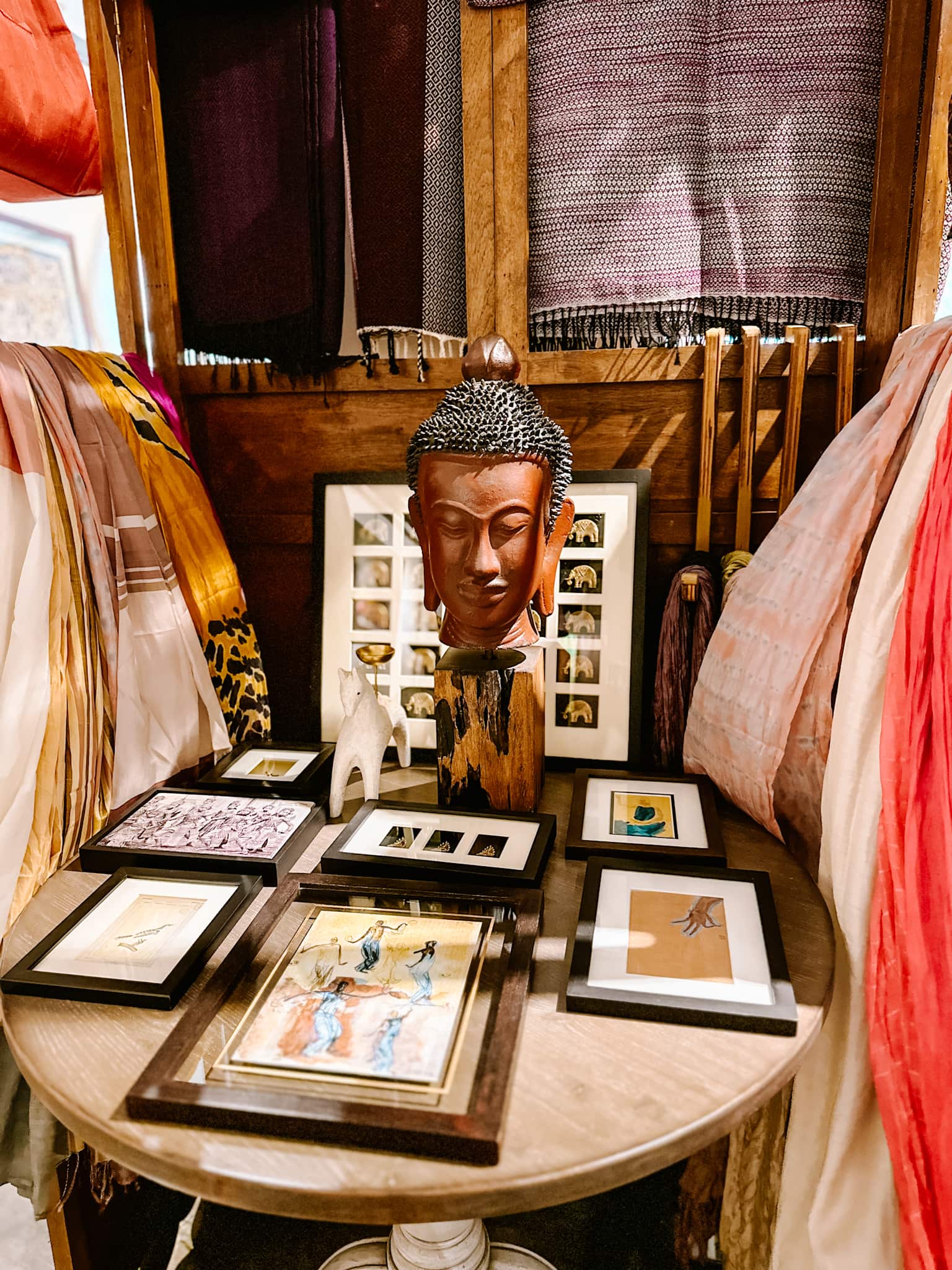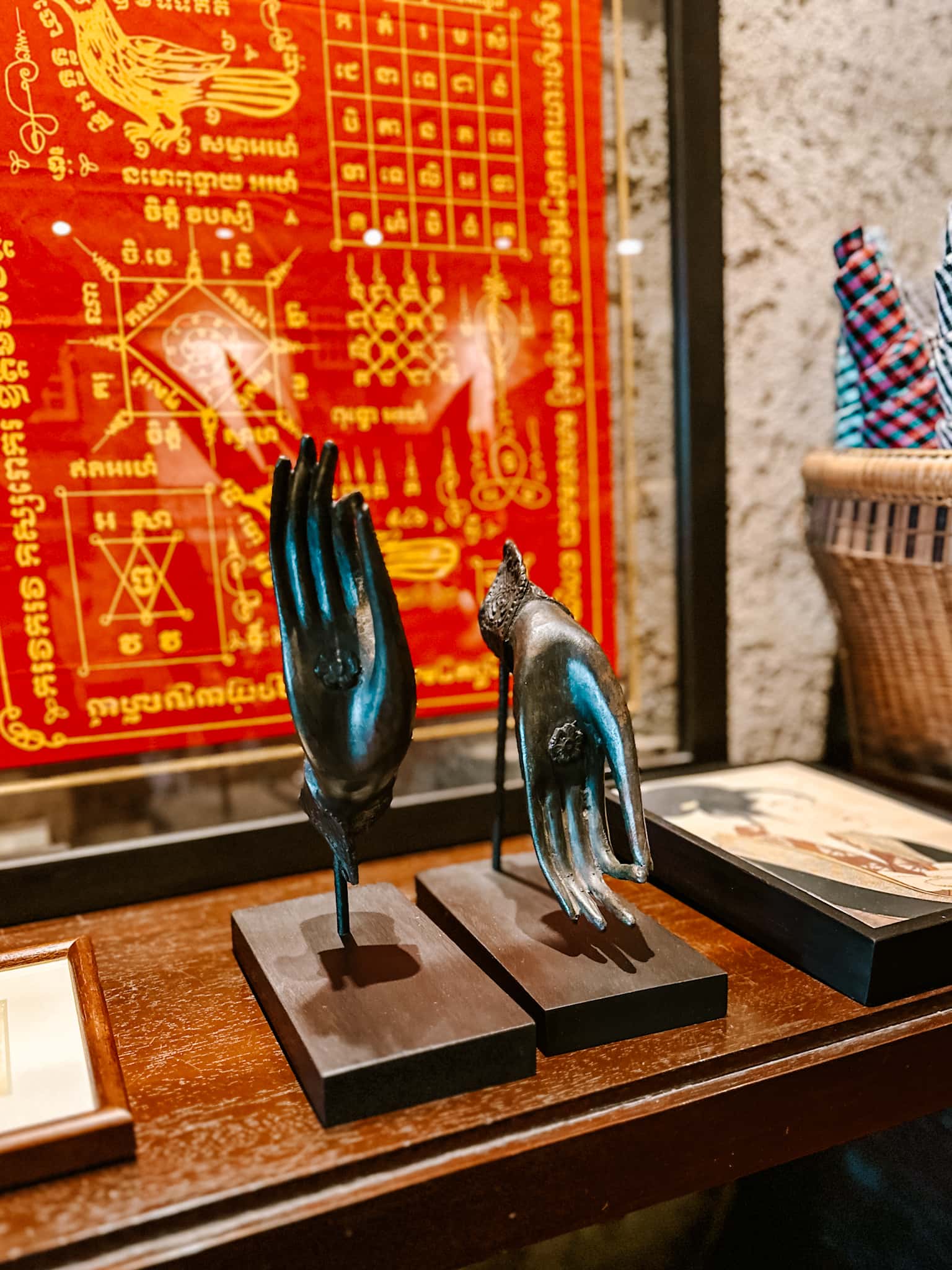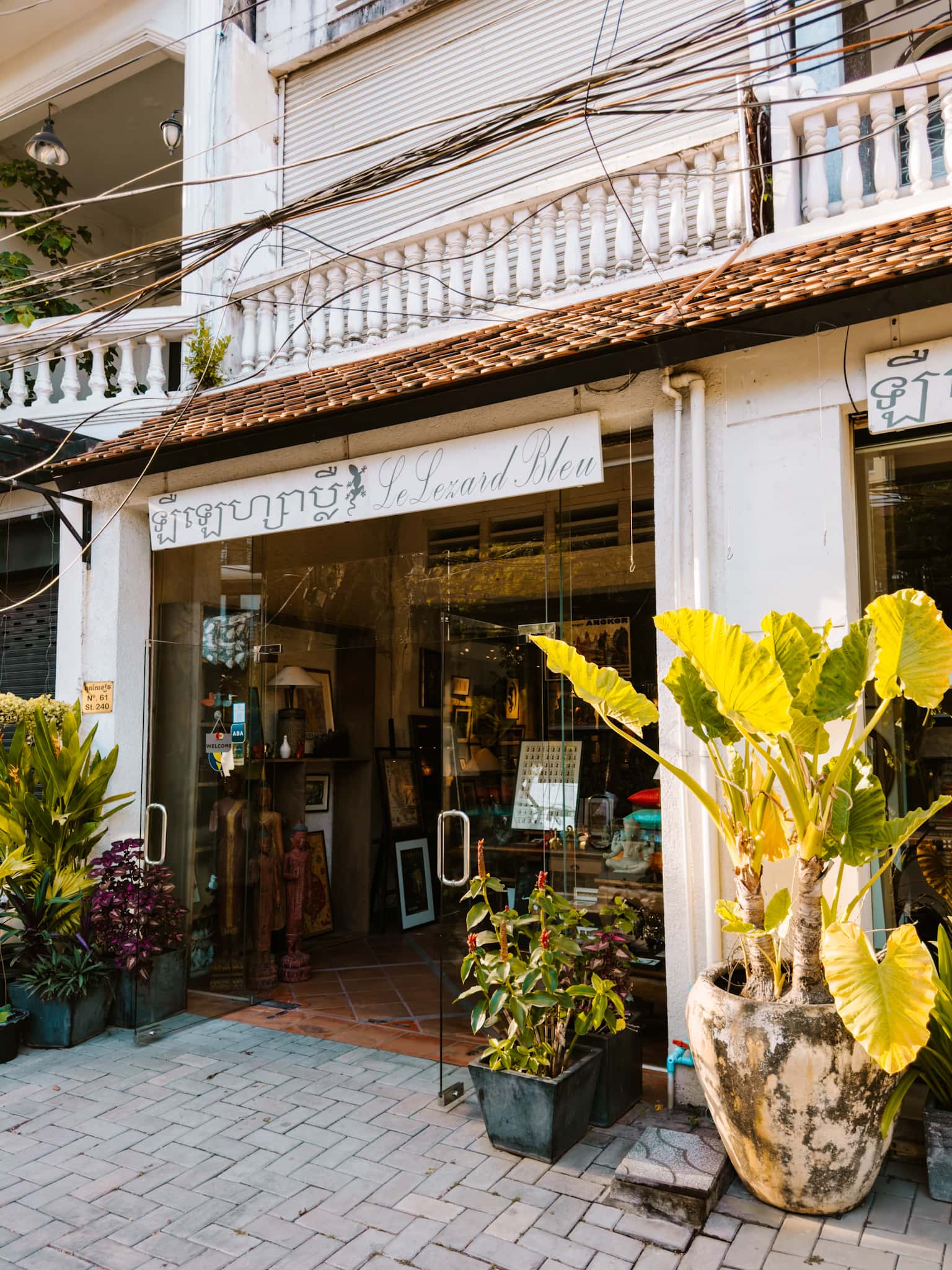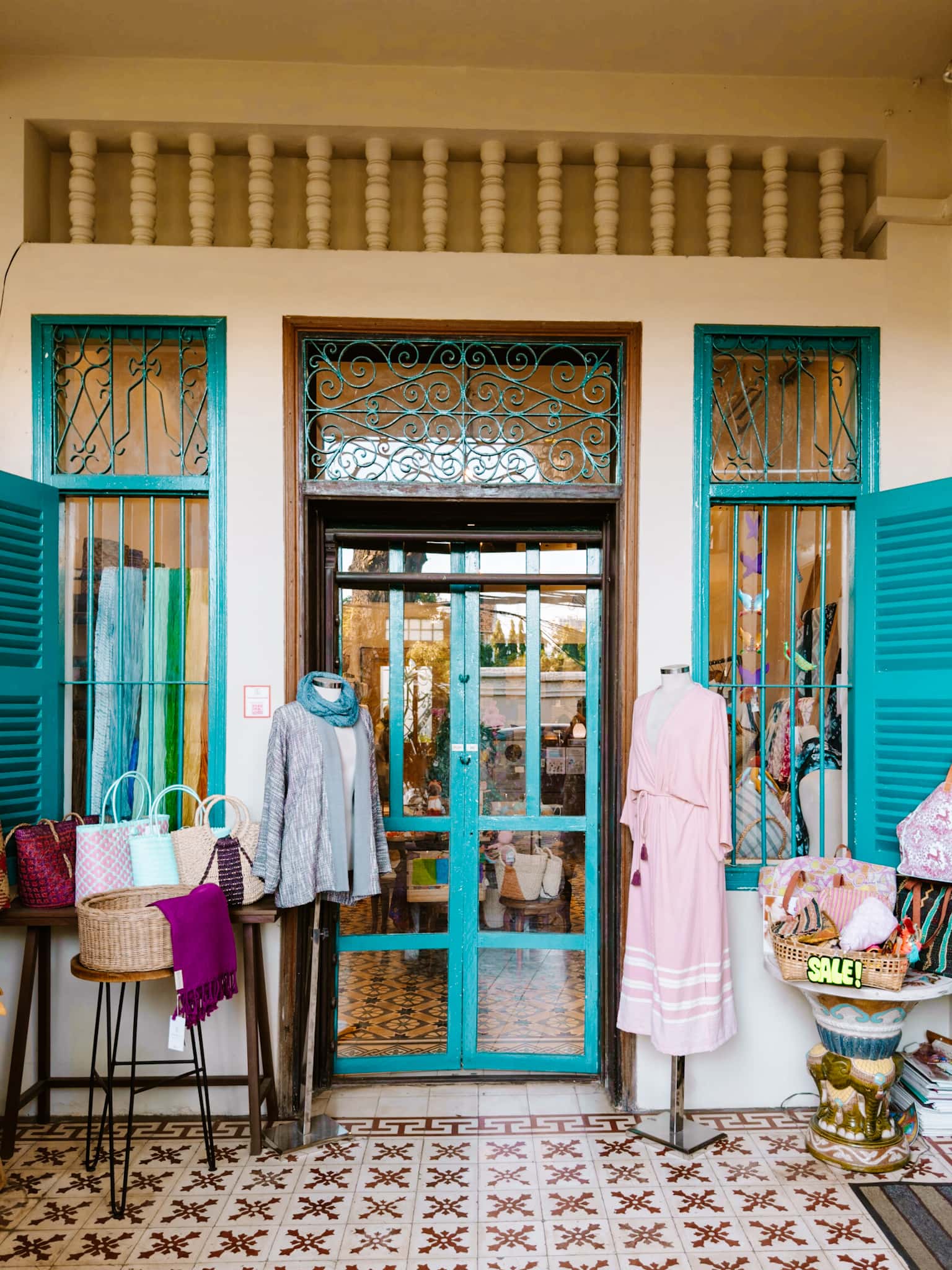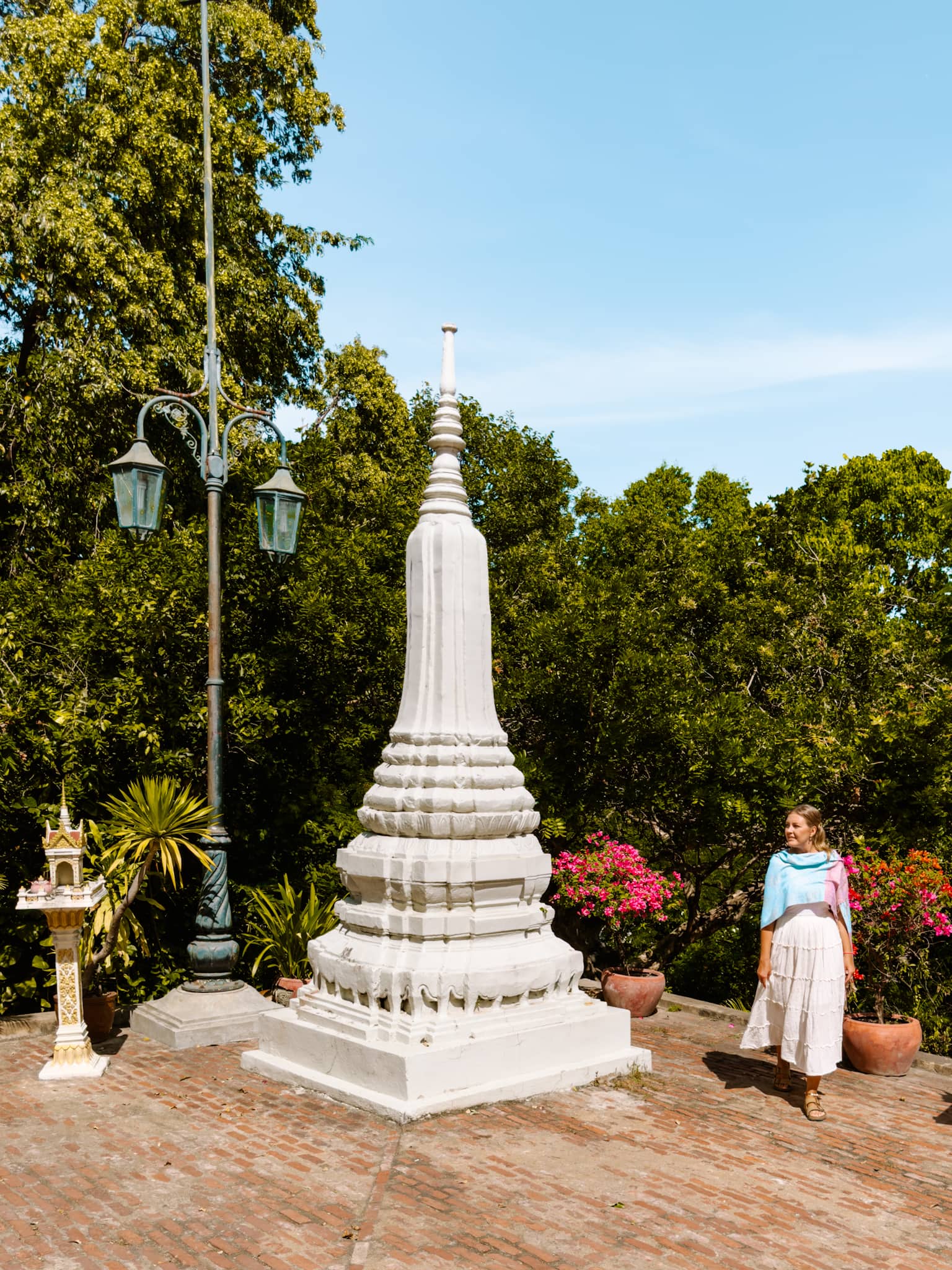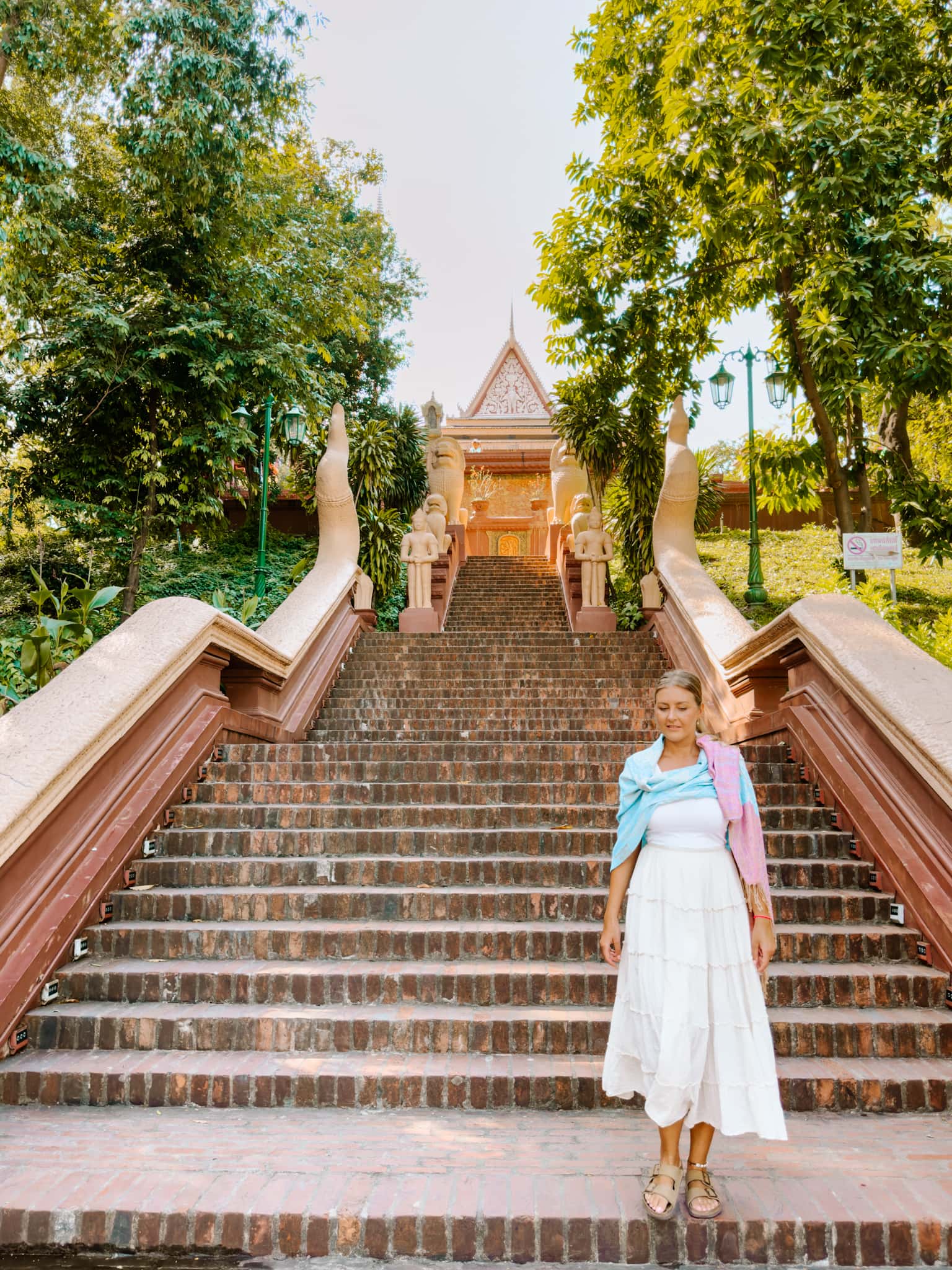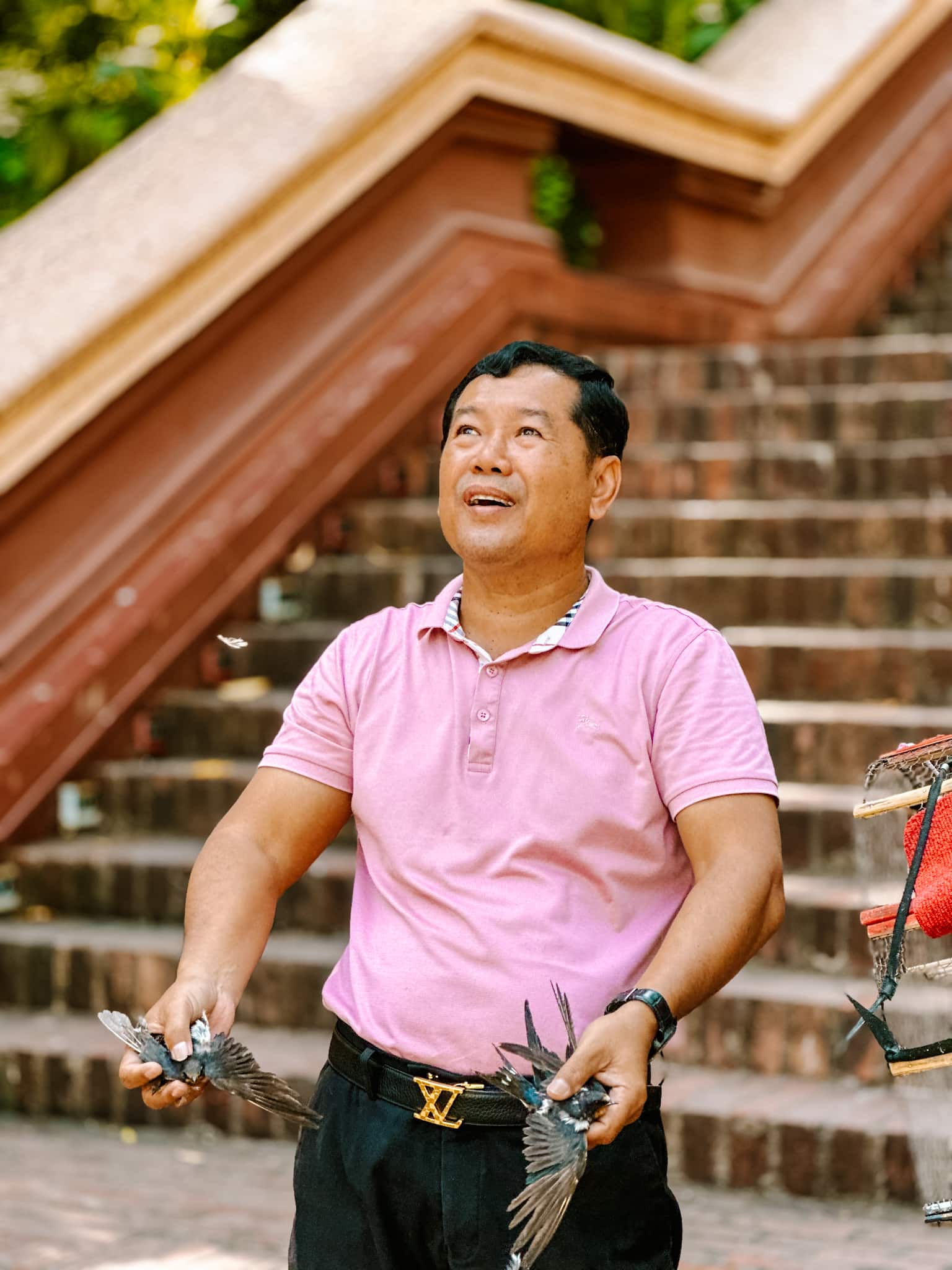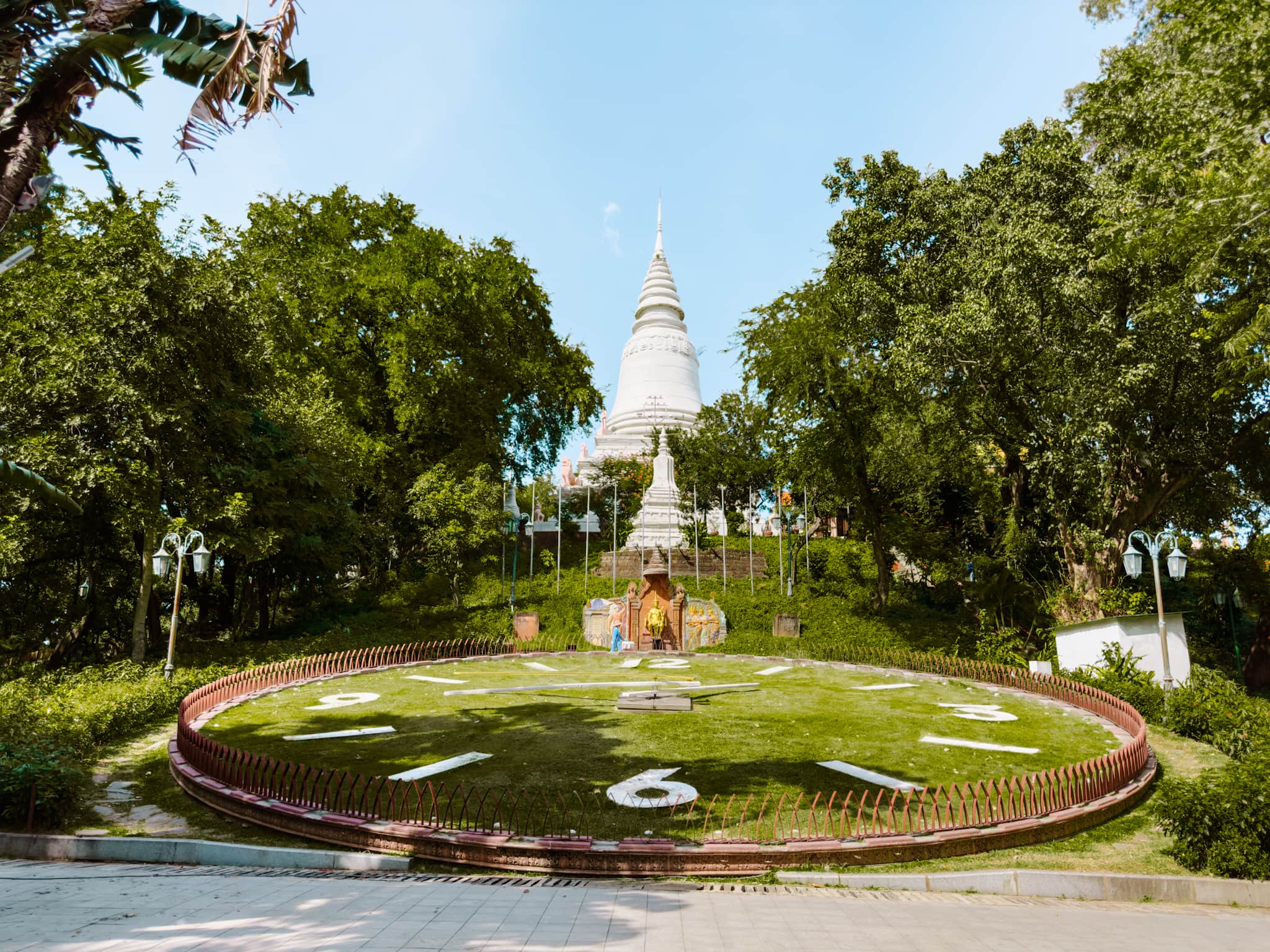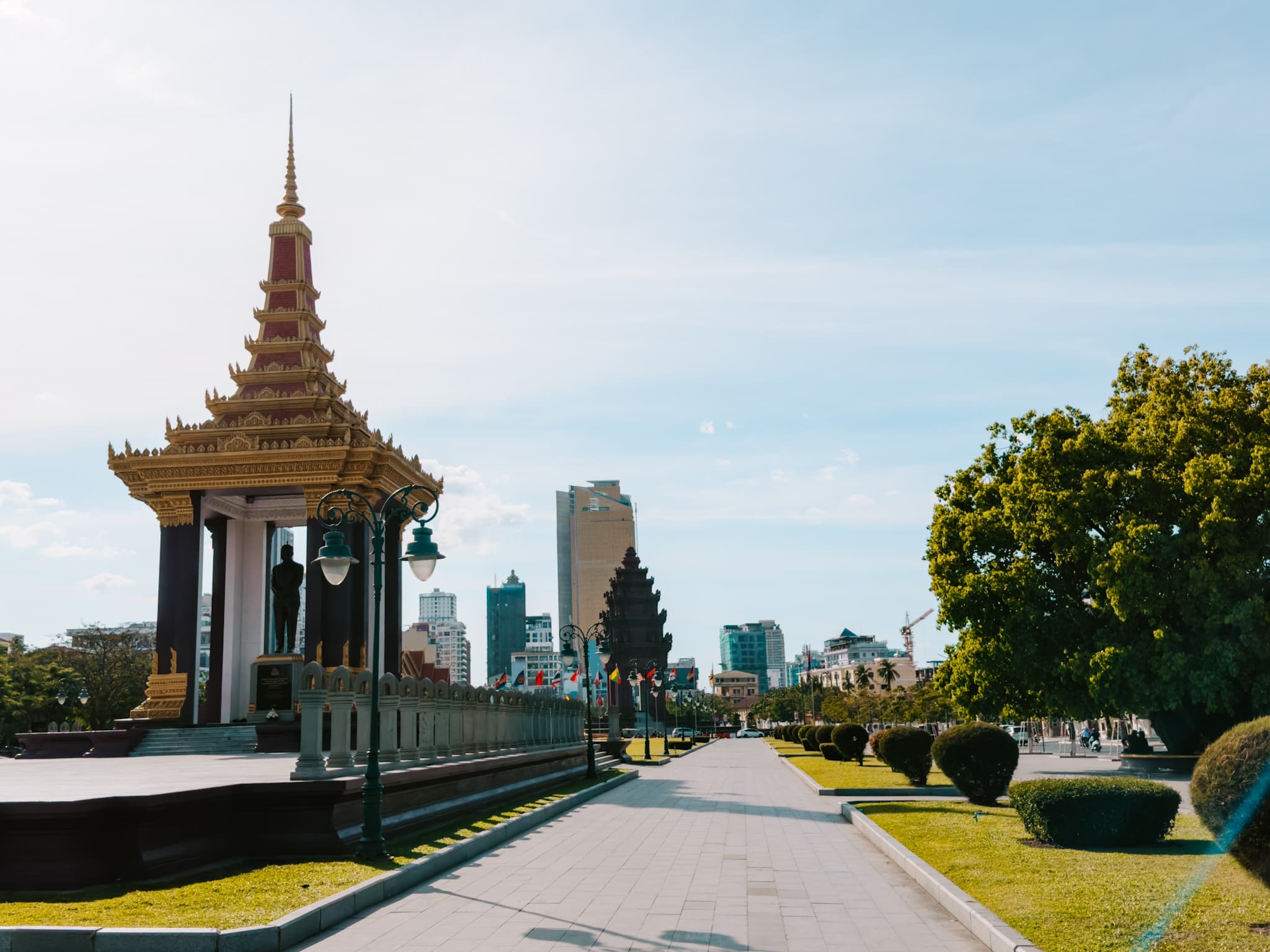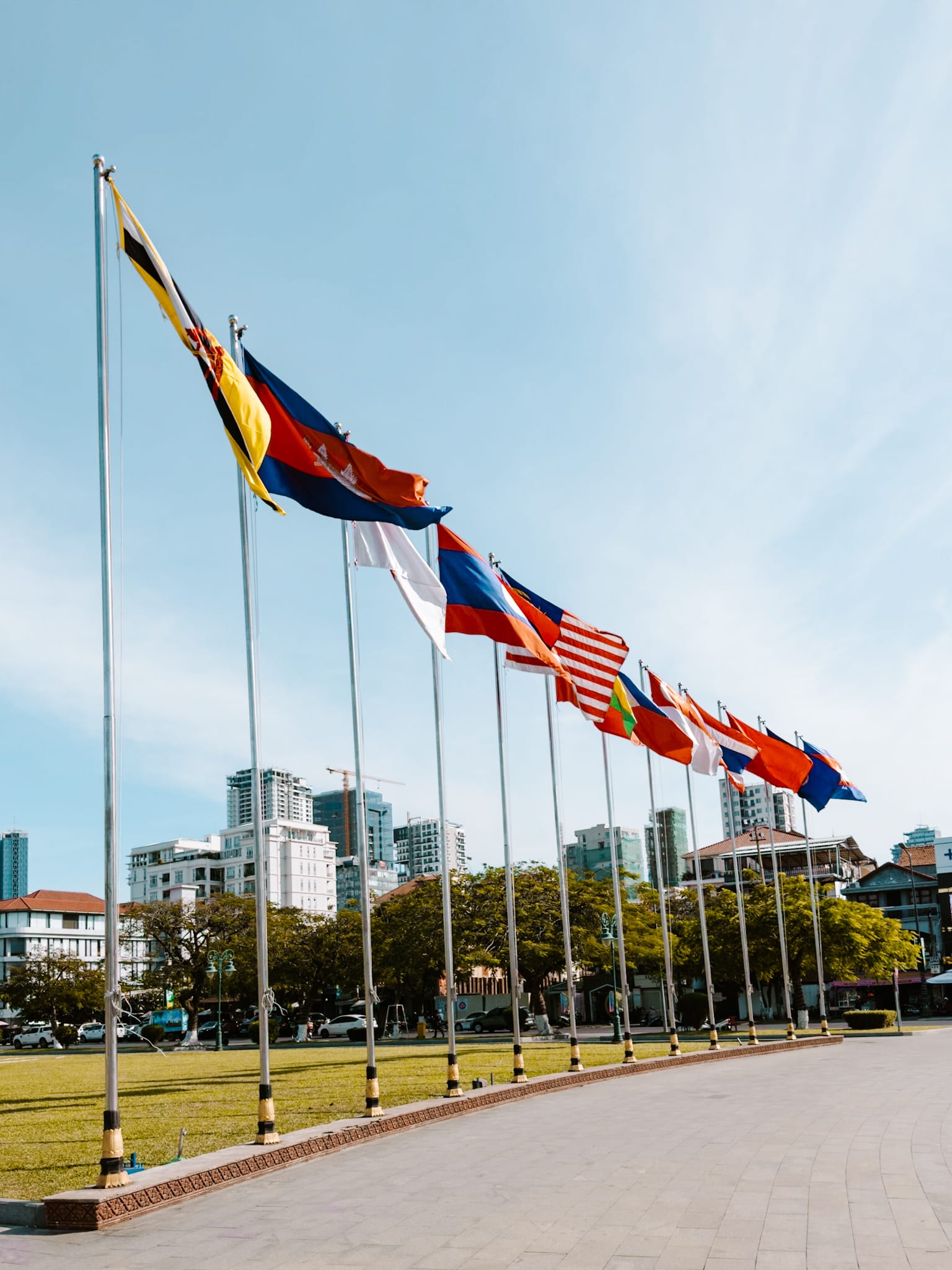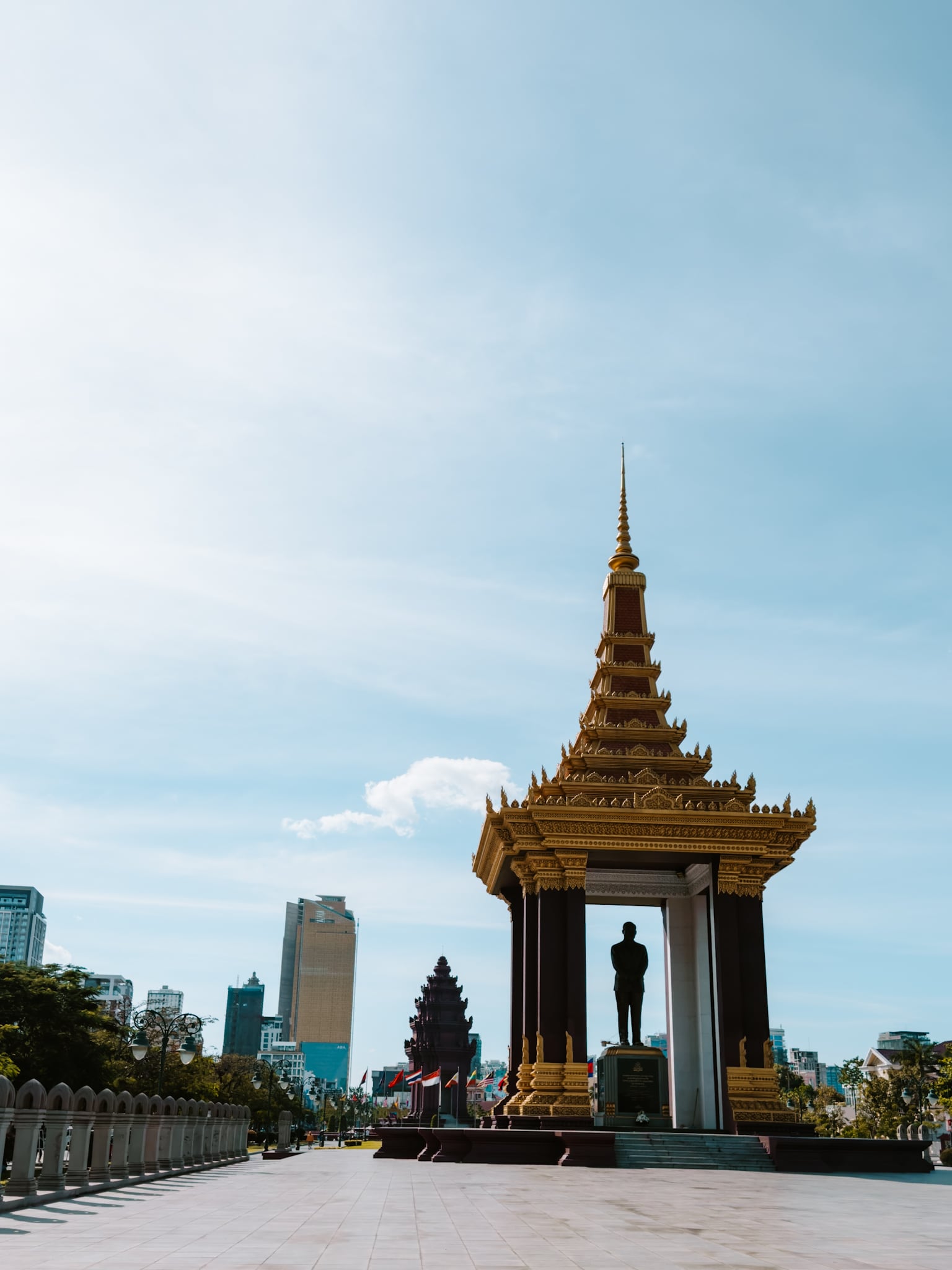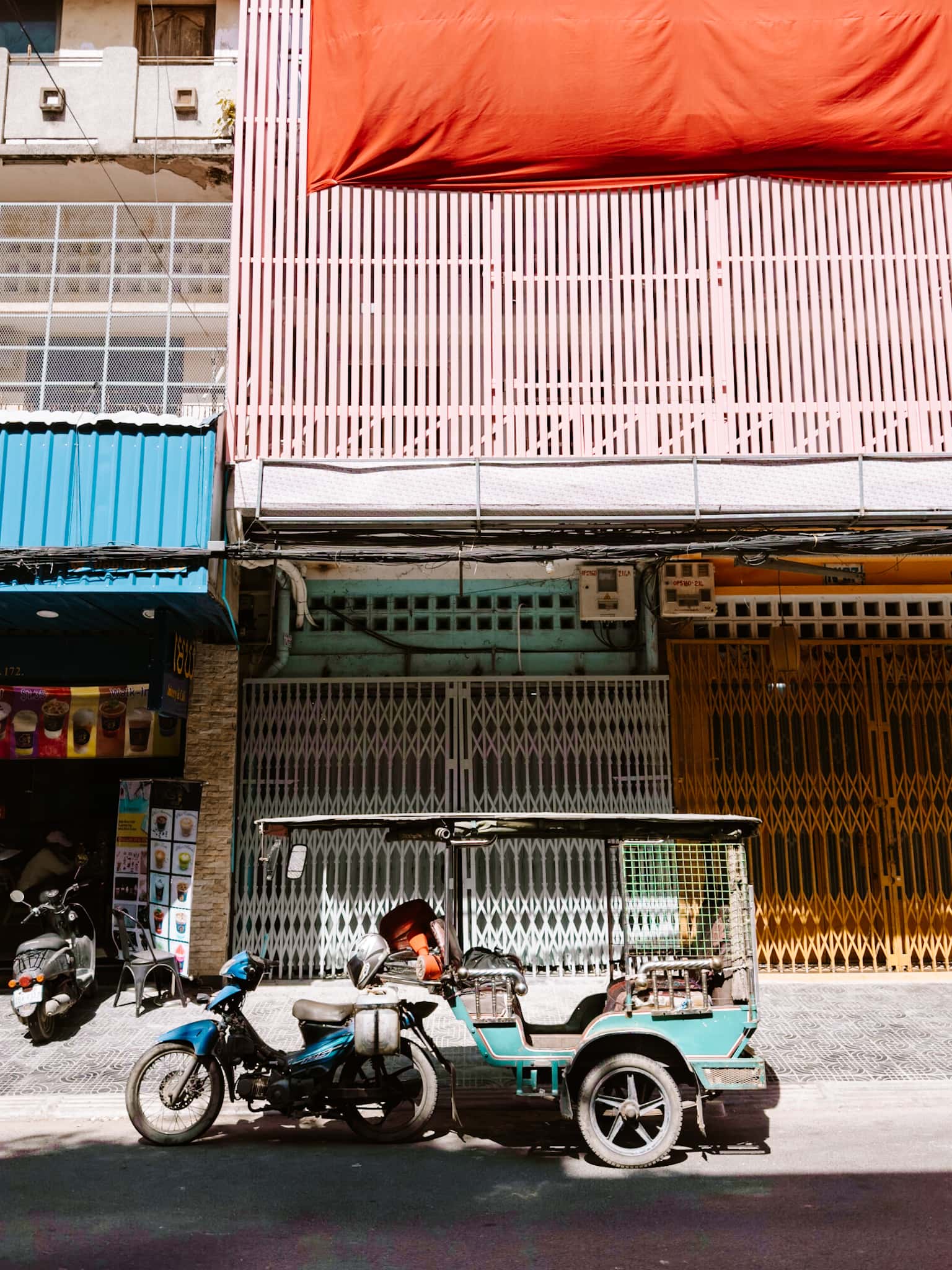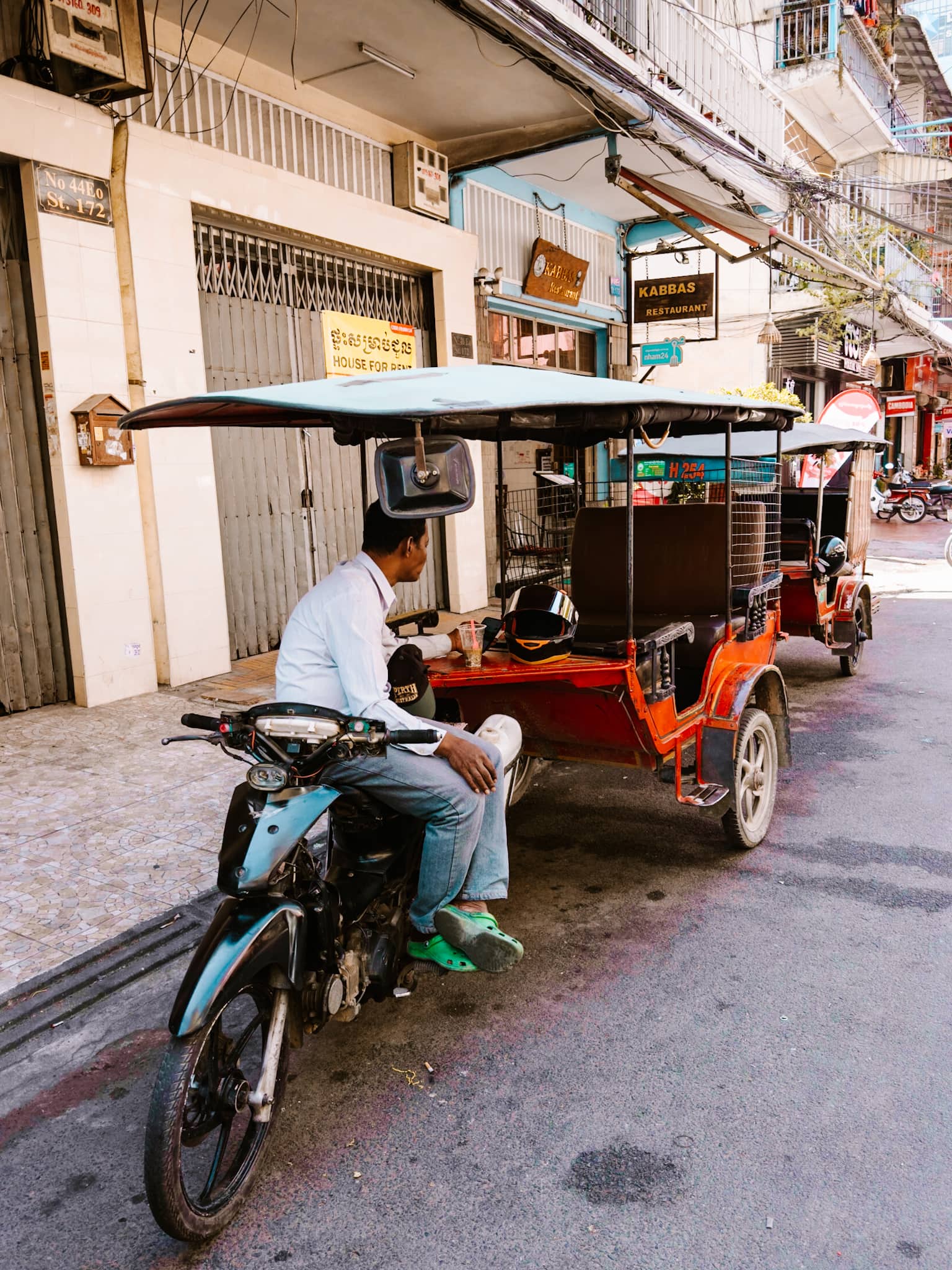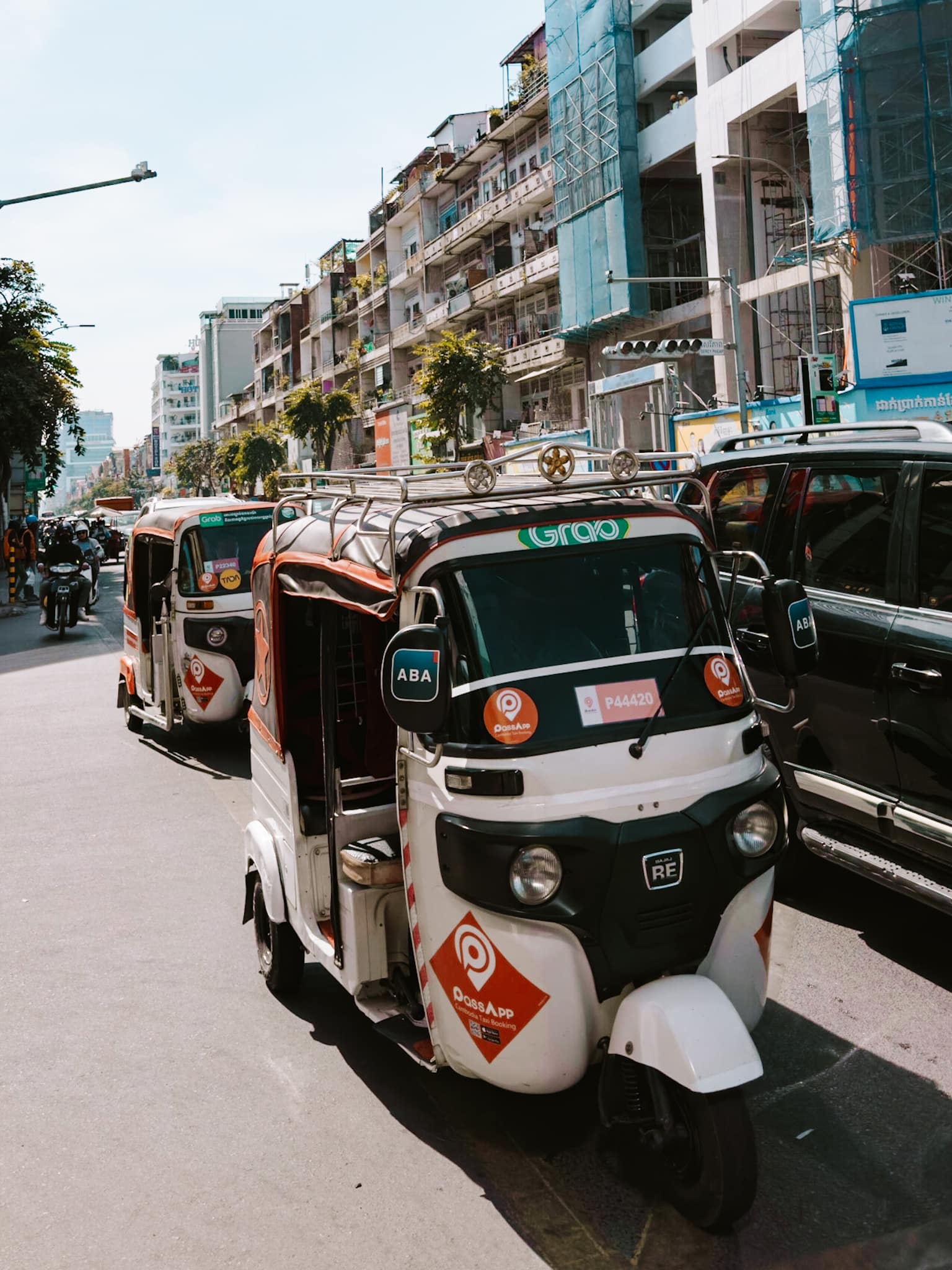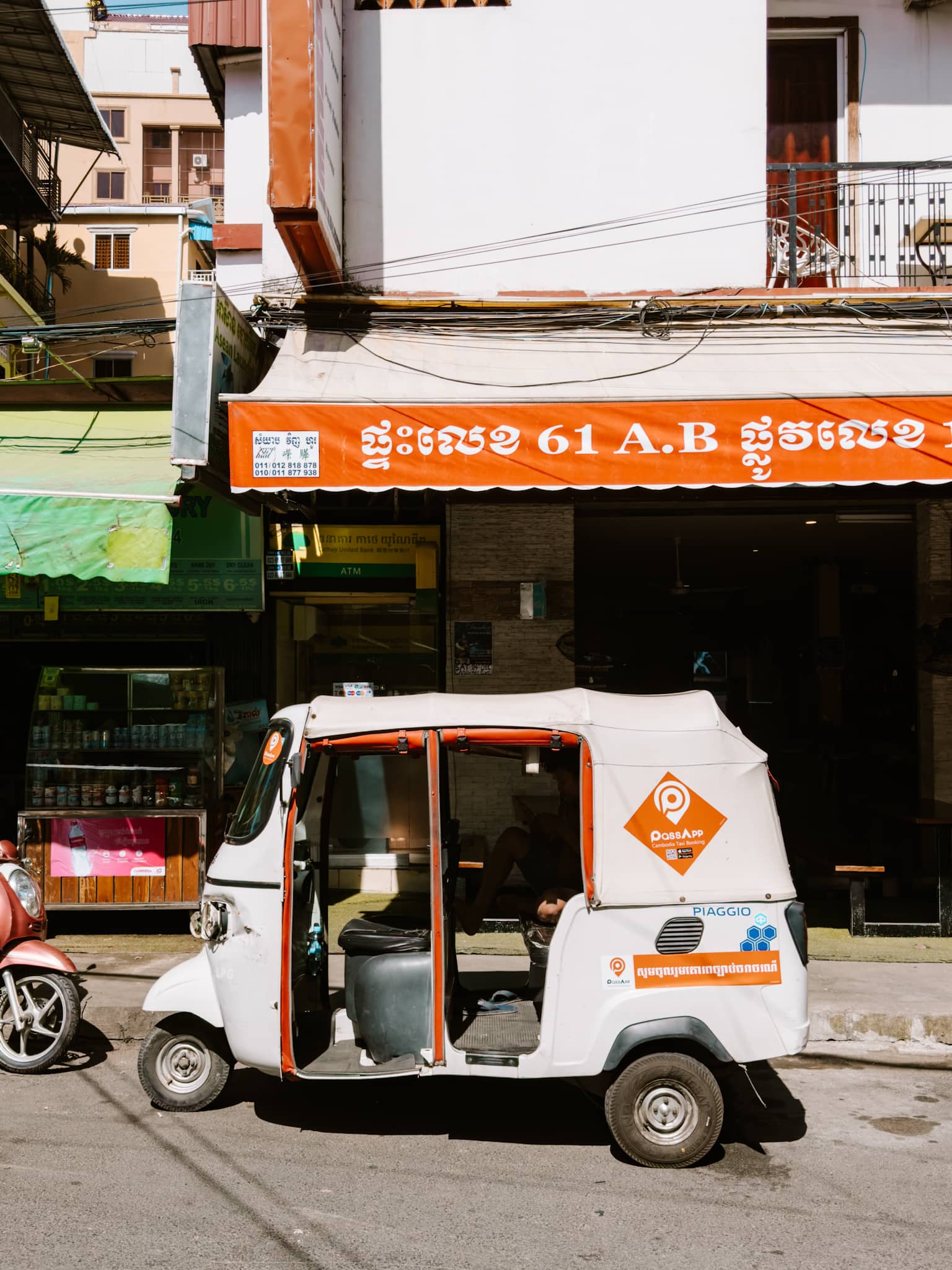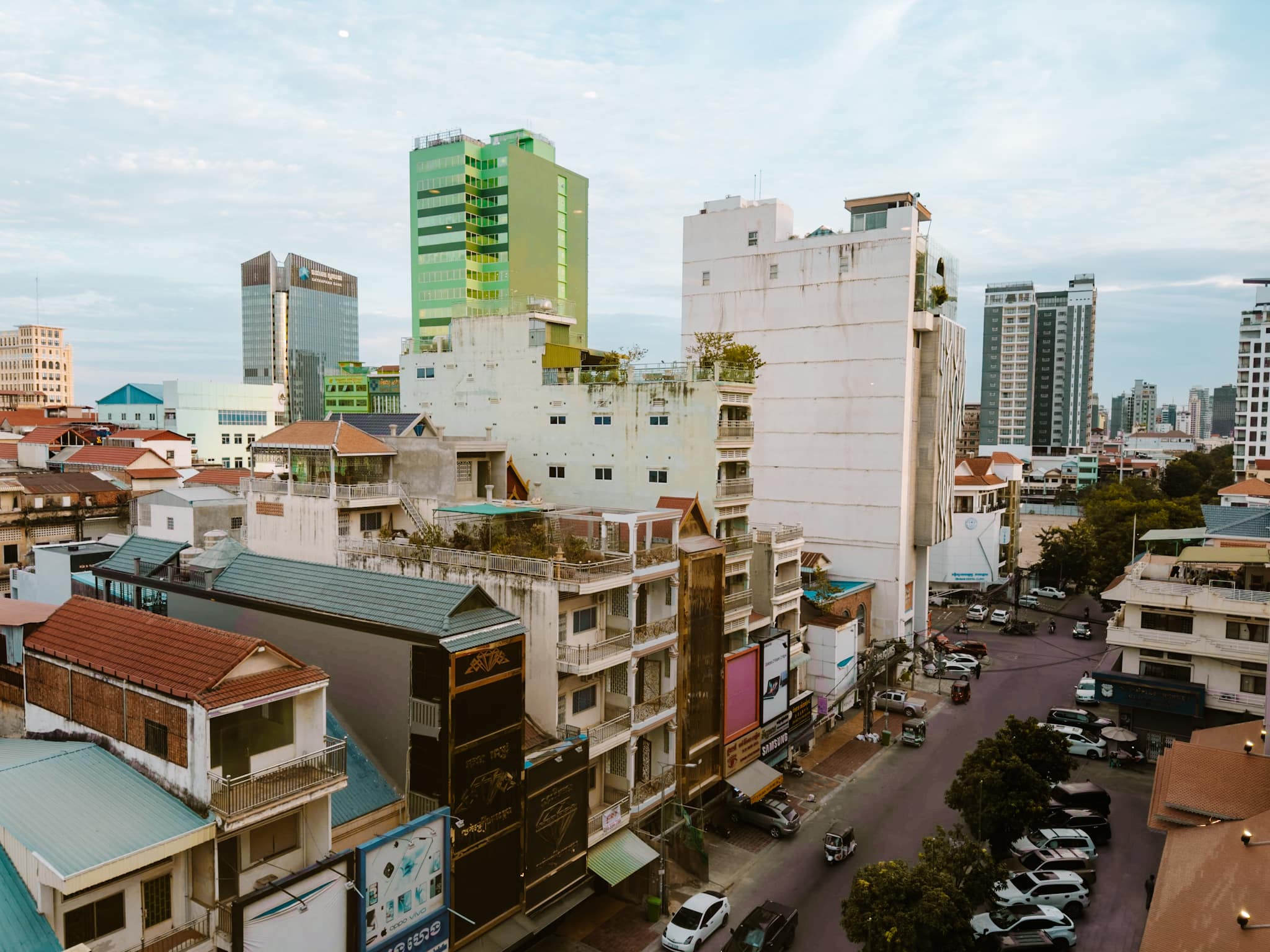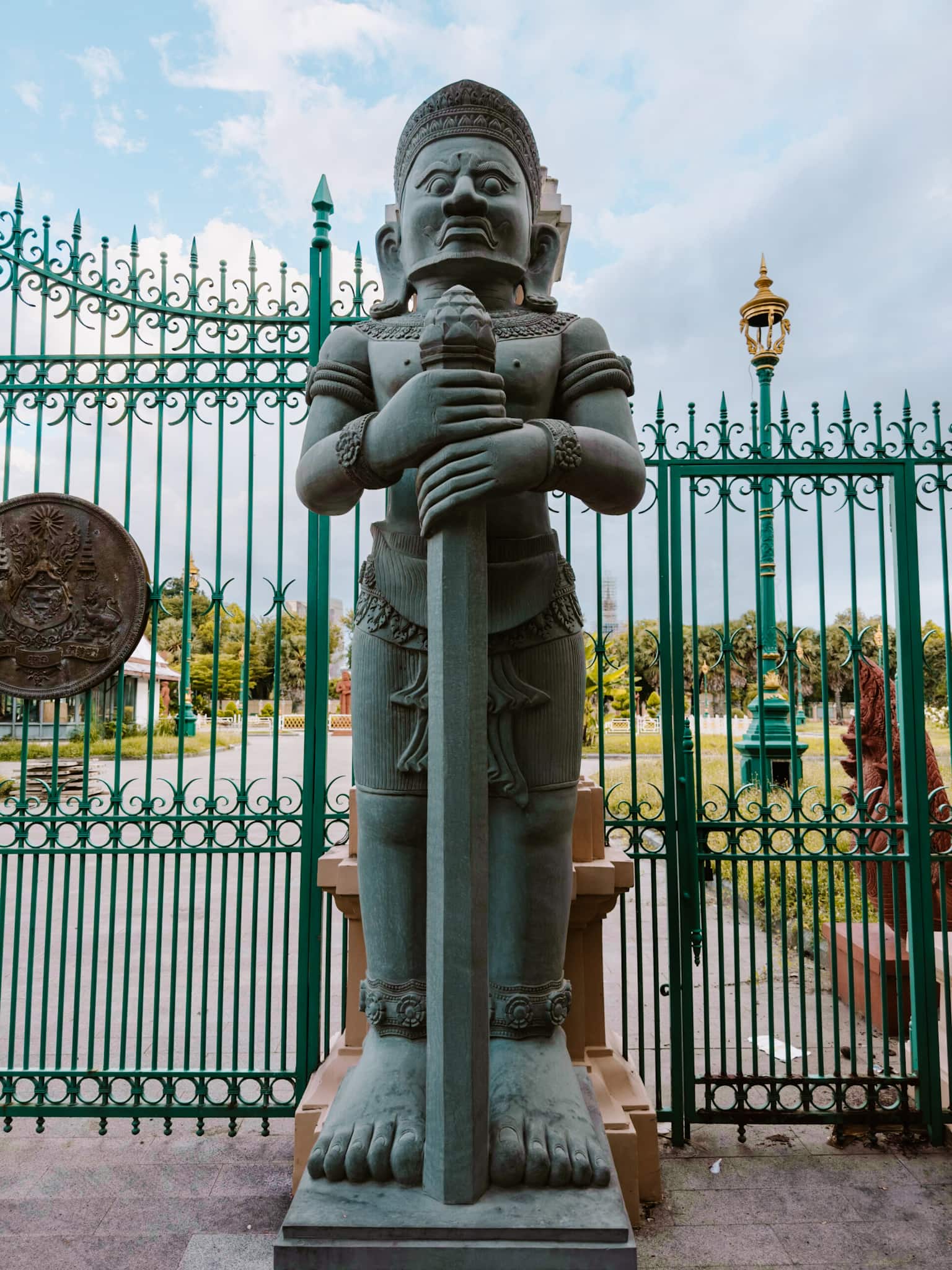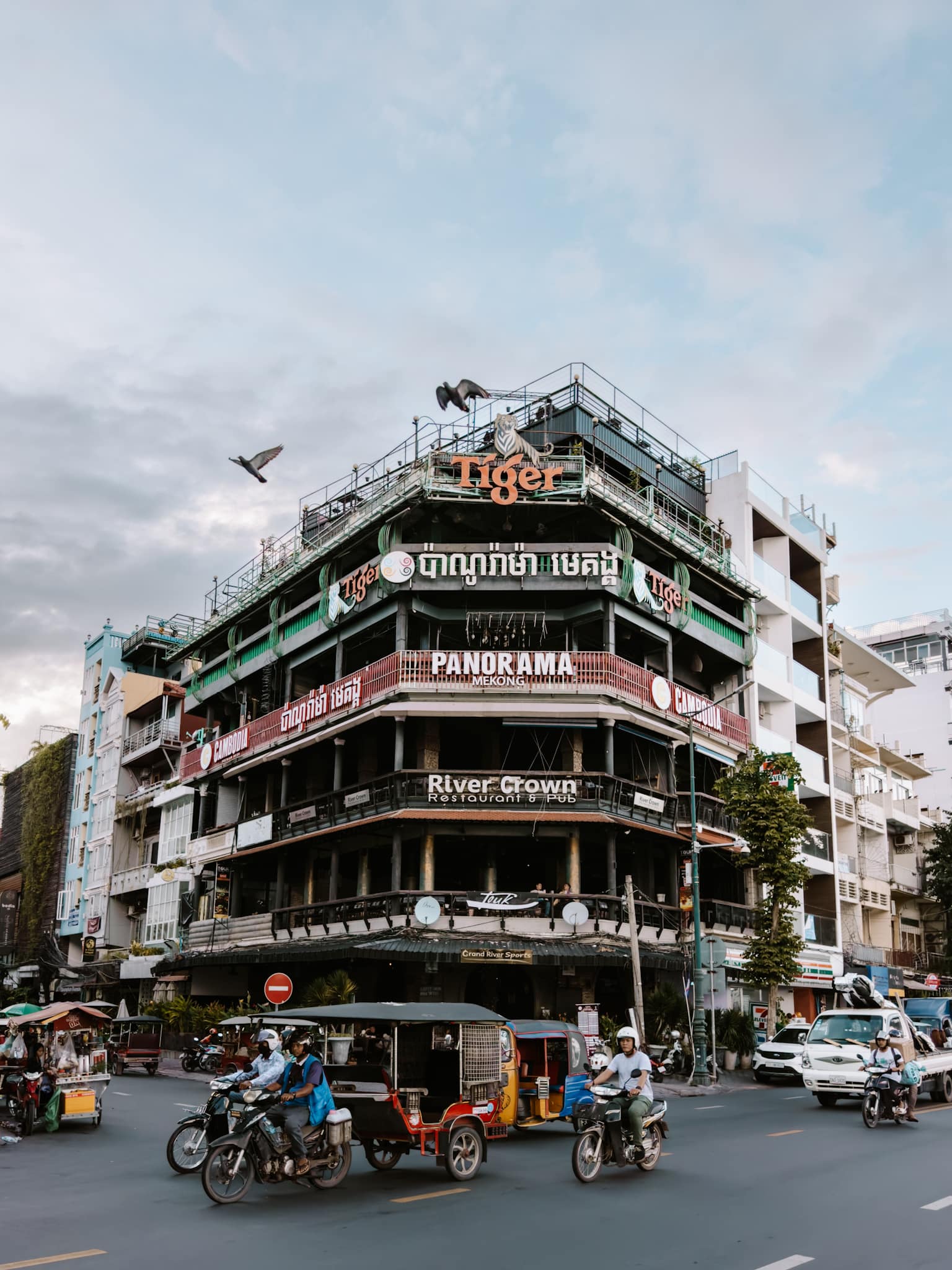#1 Tuol Sleng Prison Museum S-21
It’s hard to know the real Cambodia without knowing its history, even if it is brutal and bloody.
Tuol Sleng Prison Museum is definitely not an easy place to visit, but if you’re in the capital, you can’t miss it!
At the museum, you’ll learn about the horrifying history of Cambodia, which took place quite recently. Because in 1975, when the Khmer Rouge – the Communist Party of Kampuchea headed by Pol Pot, who wanted to brutally change Cambodia – came to power.
With lies and promises to rebuild the country, the communists attract Cambodian students, who were studing abroad. When they arrive in Cambodia they were captured and transported to Security Prison 21 Tuol Sleng, abbreviated S-21.
A place that once was a high school, but under Khmer Rouge rule it becomes a place of torture and extortion of false confessions in which prisoners confessed to such absurd acts as spying for the CIA.
They were capturing and torturing anyone with a higher education, anyone who can speak a foreign language, as well a people with glasses because, according to the Khmer Rouge, this was synonymous with knowledge.
The communists hated educated people, they wanted everyone to be equal. They proclaimed 1975 as Year Zero. They put great emphasis on communal work and farming, wanting to increase rice cultivation three times, forcing people displaced from the cities to work hard, on incredibly small food rations.
It is estimated that during the reign of the Khmer Rouge, one in four Cambodians dies. Often from exhaustion, disease and starvation.
Prisoners in S-21 were also members of the Khmer Rouge accused of espionage, doctors, artists, teachers, soldiers accused of betraying the party.
The school was surrounded by barbed wire and classrooms were converted into small cells where prisoners were chained to hooks in the floor by their legs, using metal bars.
Most of the prisoners lived in prison for about three months. They were tortured and received practically no food at all. Their torment ended when they signed the false confessions they were forced to write and were transported to Killing Fields.
It costs $5 to enter the museum, and you’ll pay an additional $5 for an audio guide, which is necessary to learn the exact history of the place and even the stories of a few survivors.





